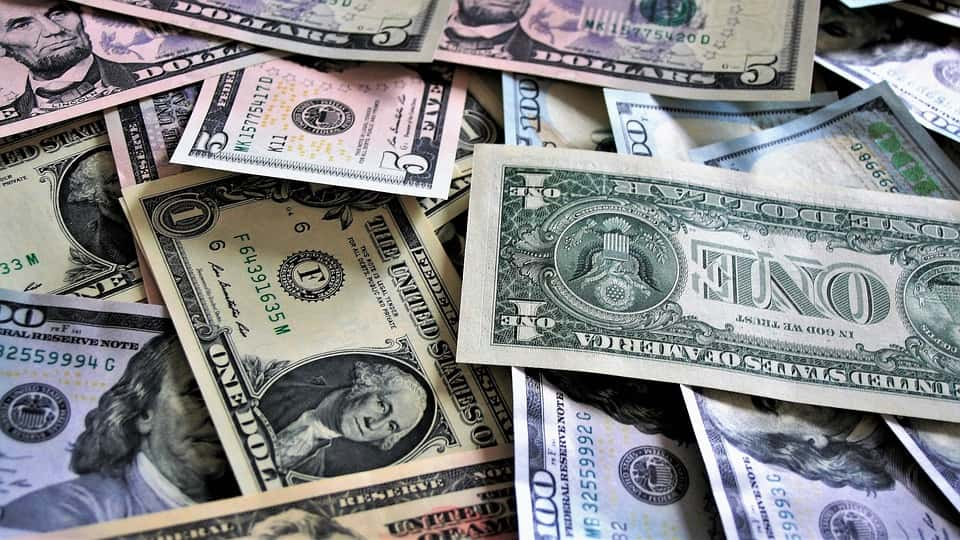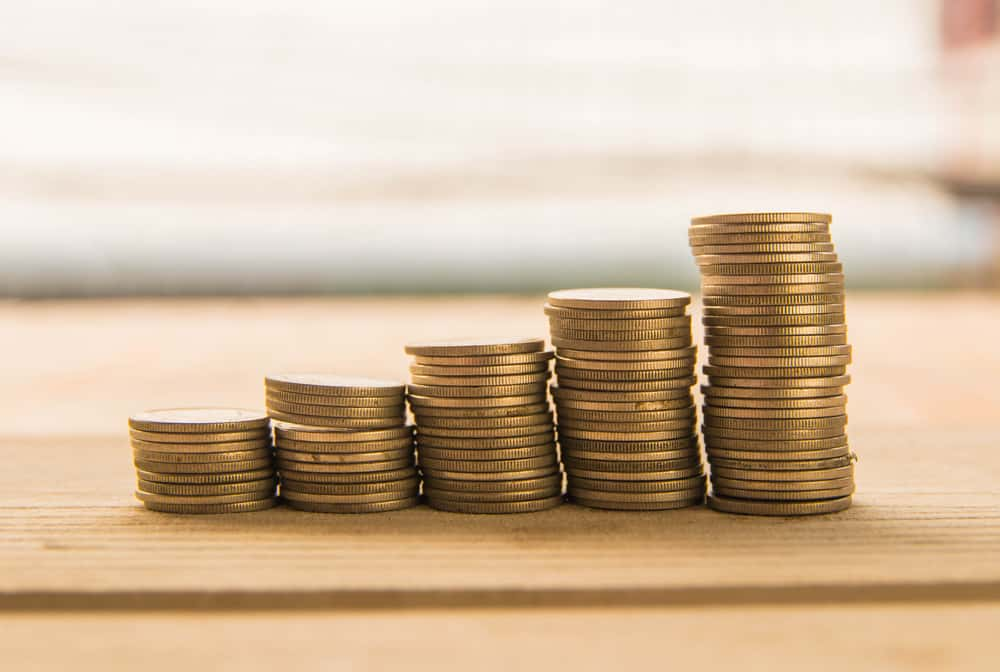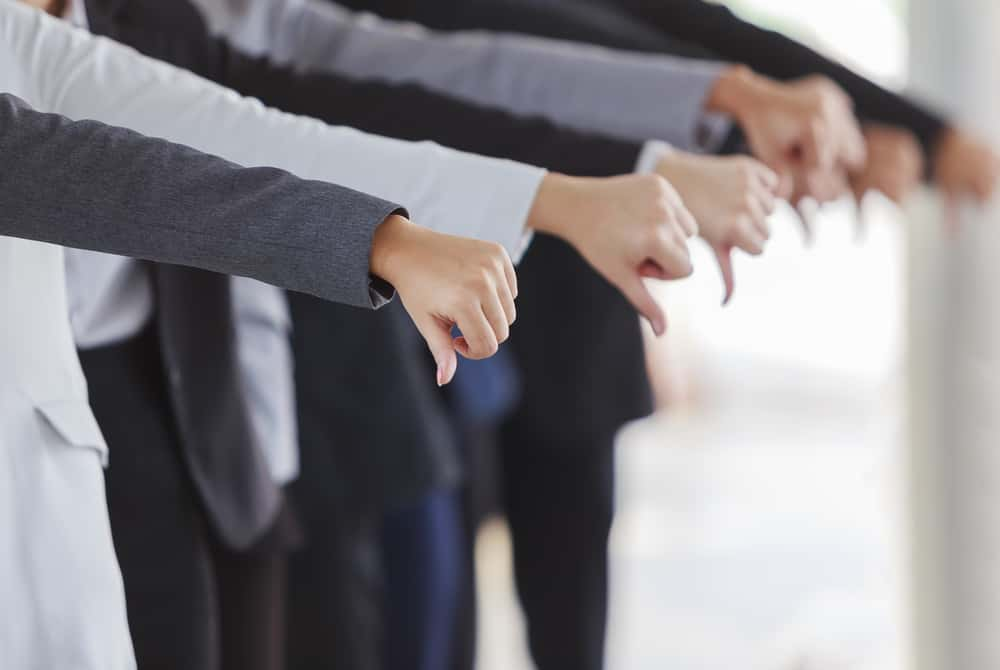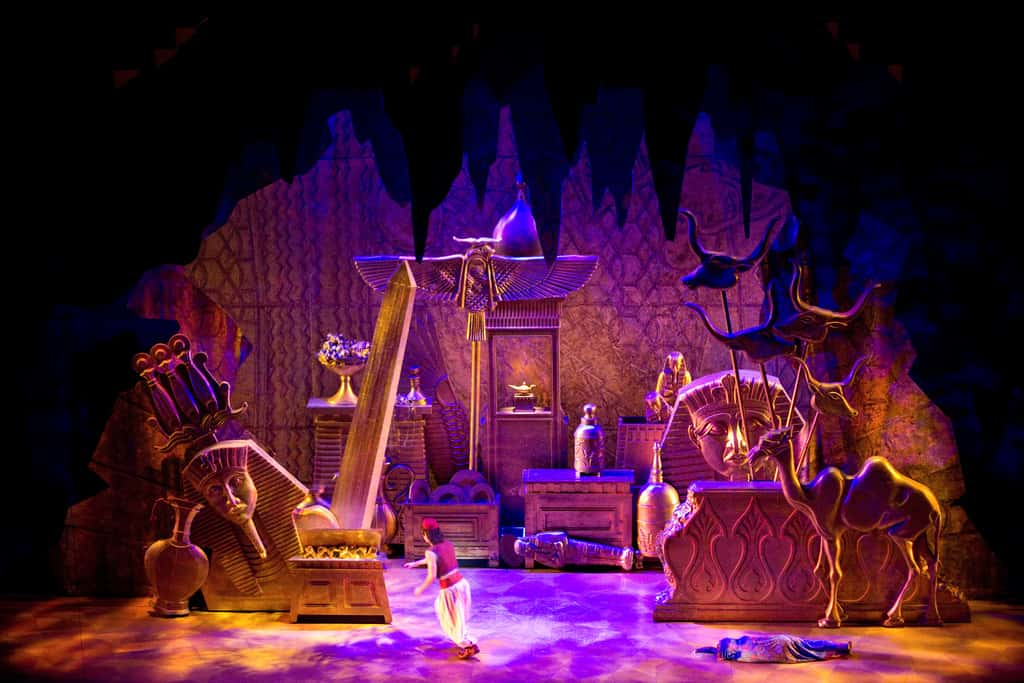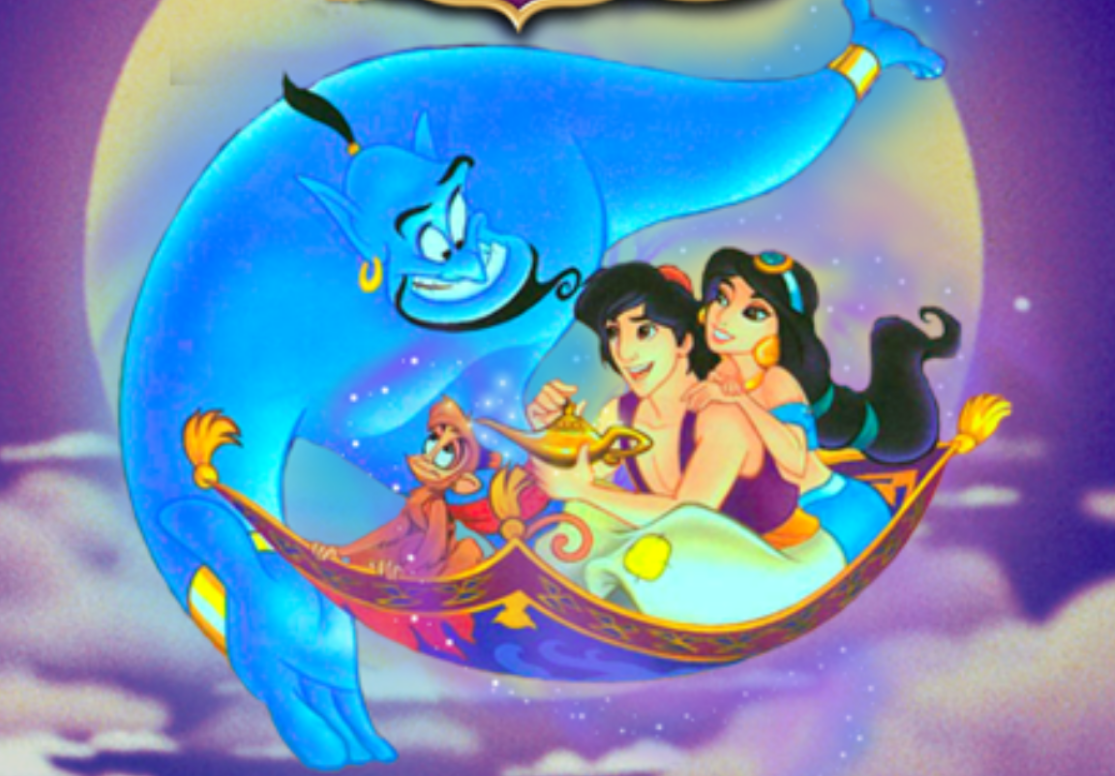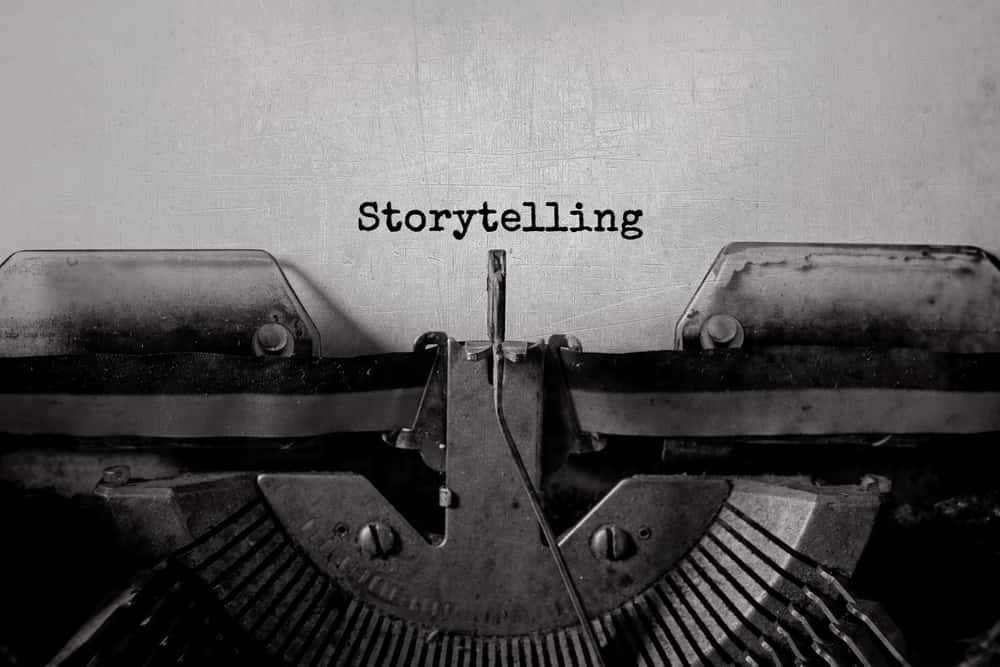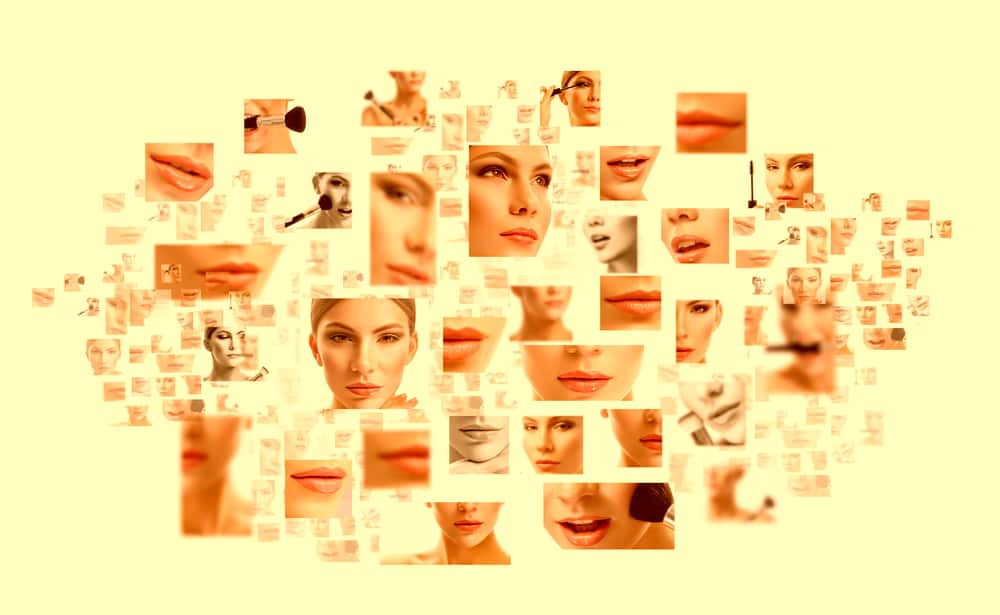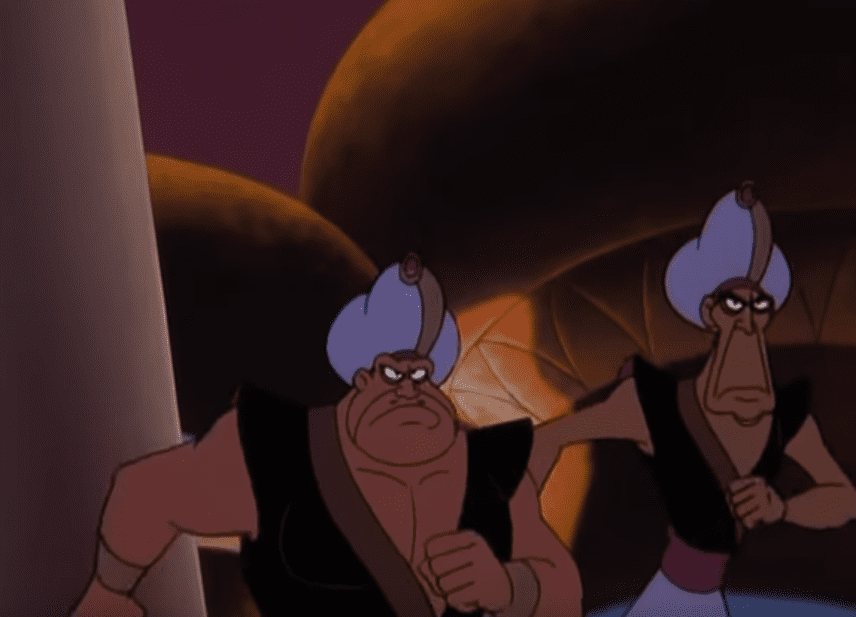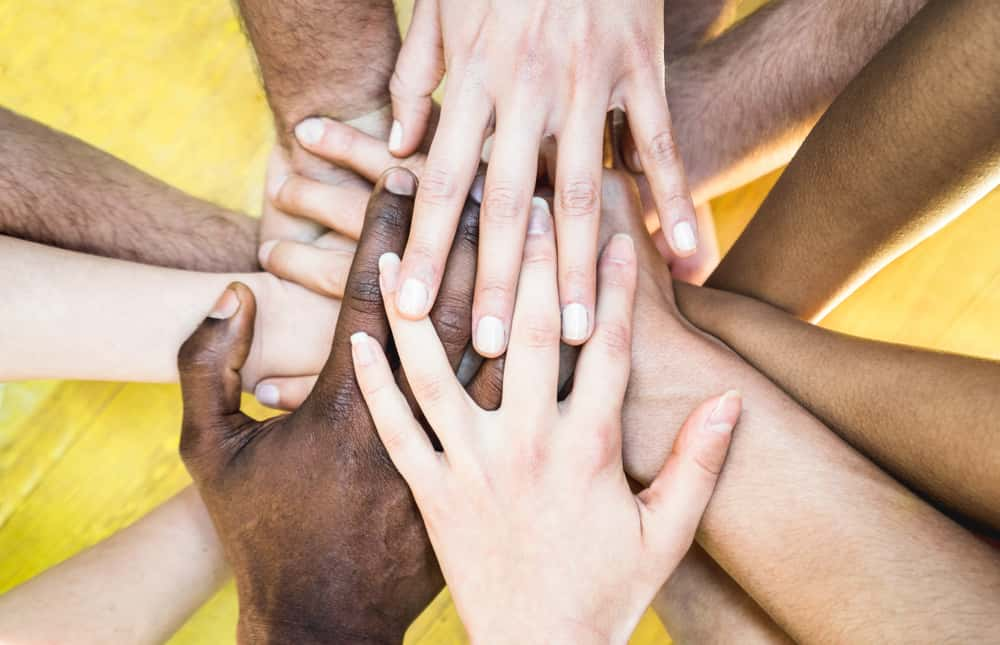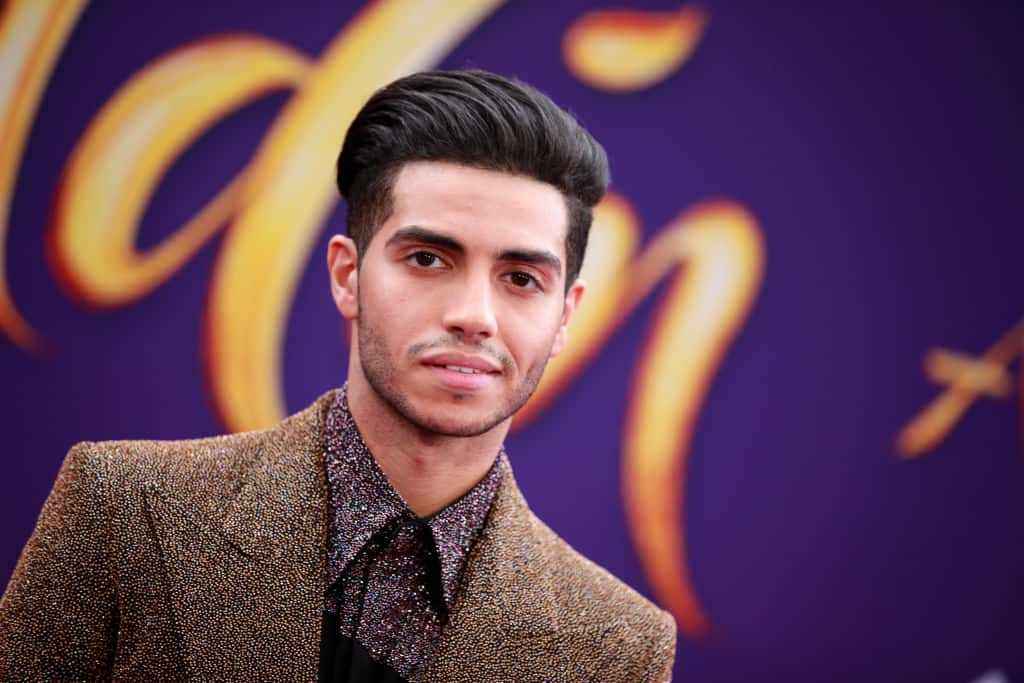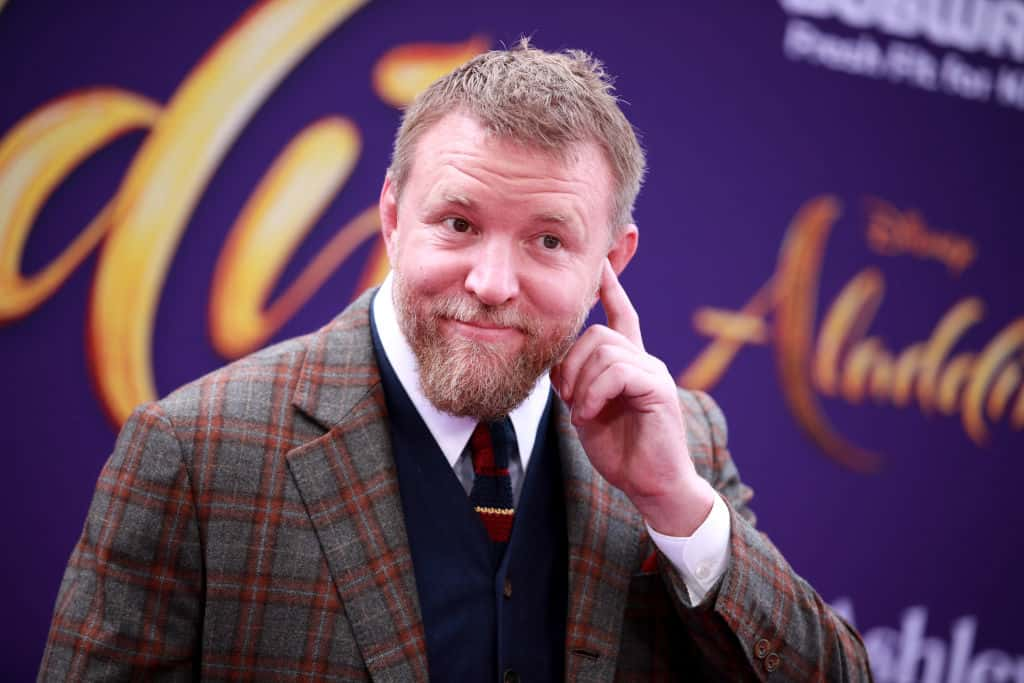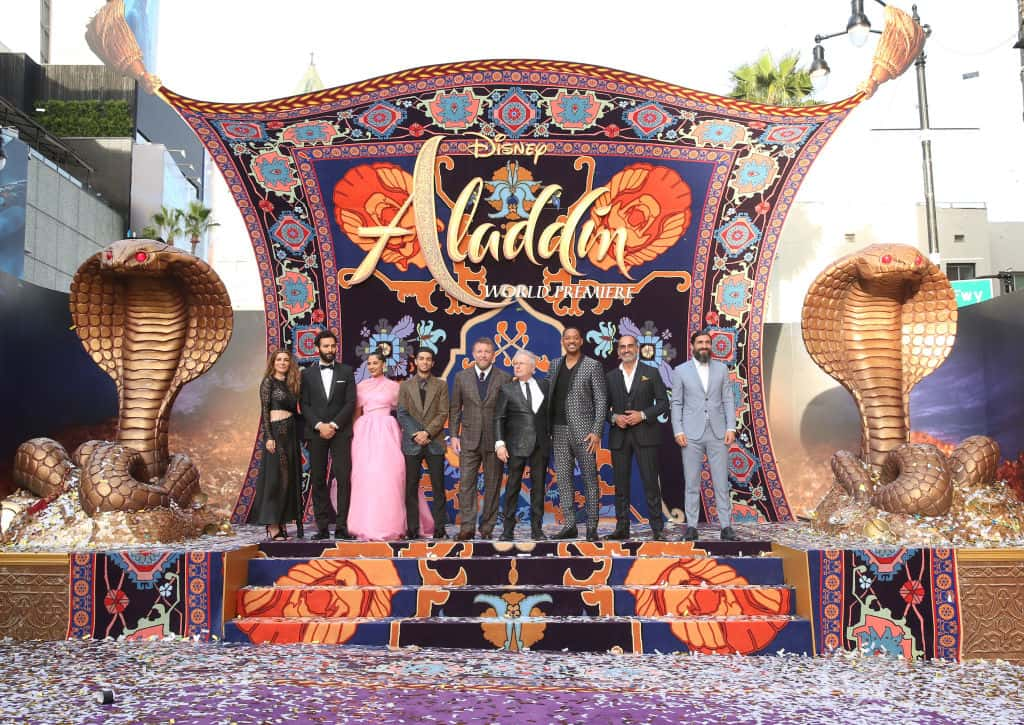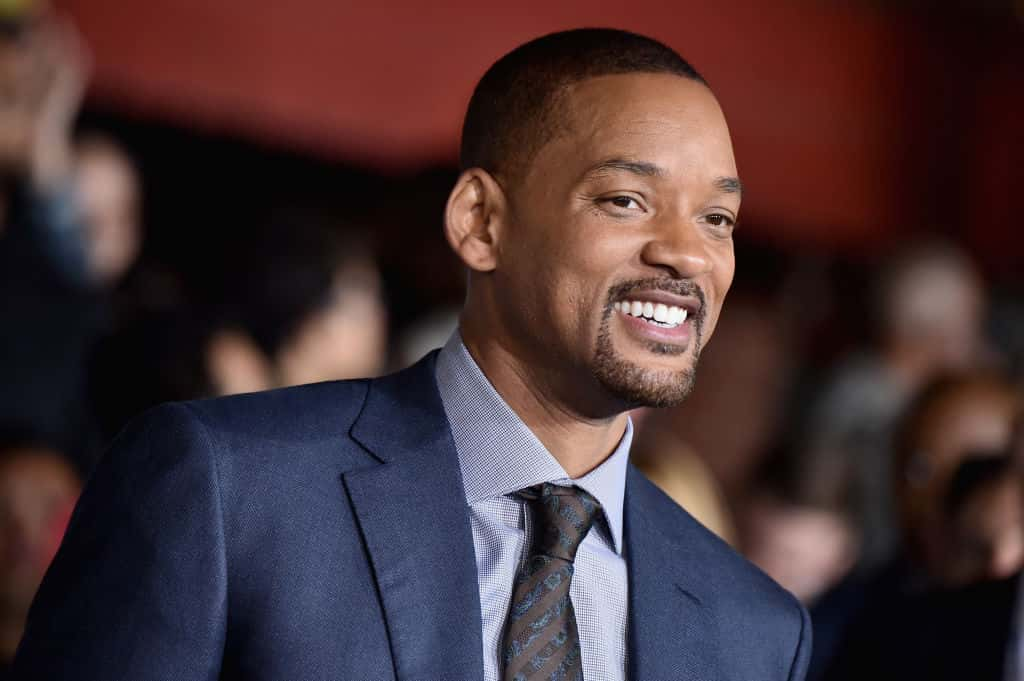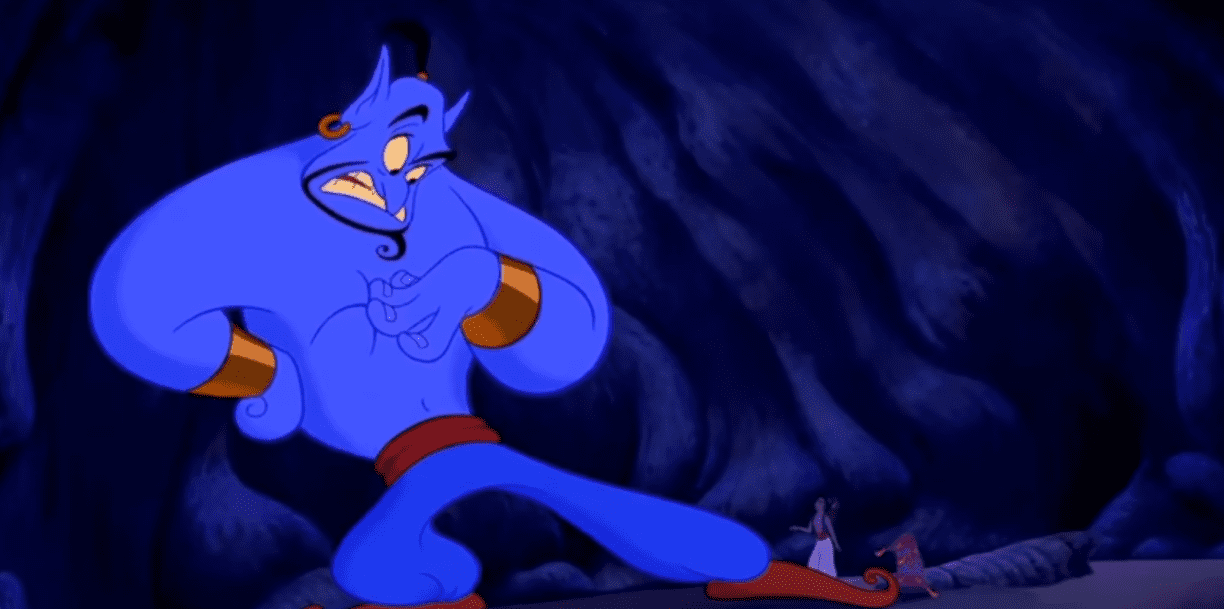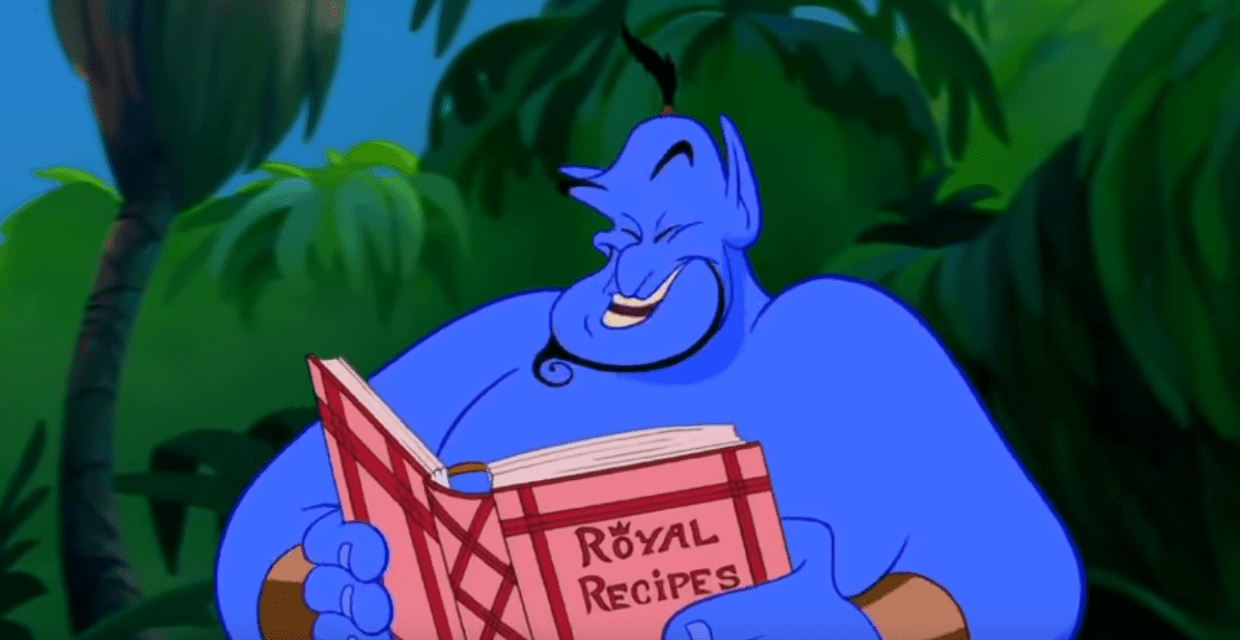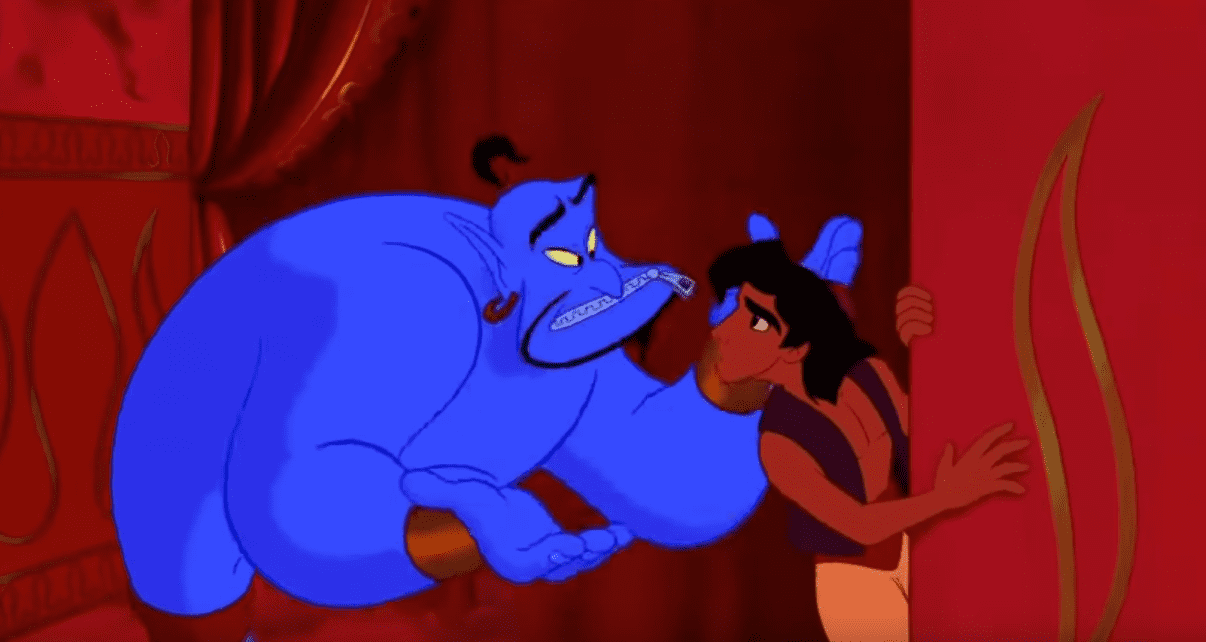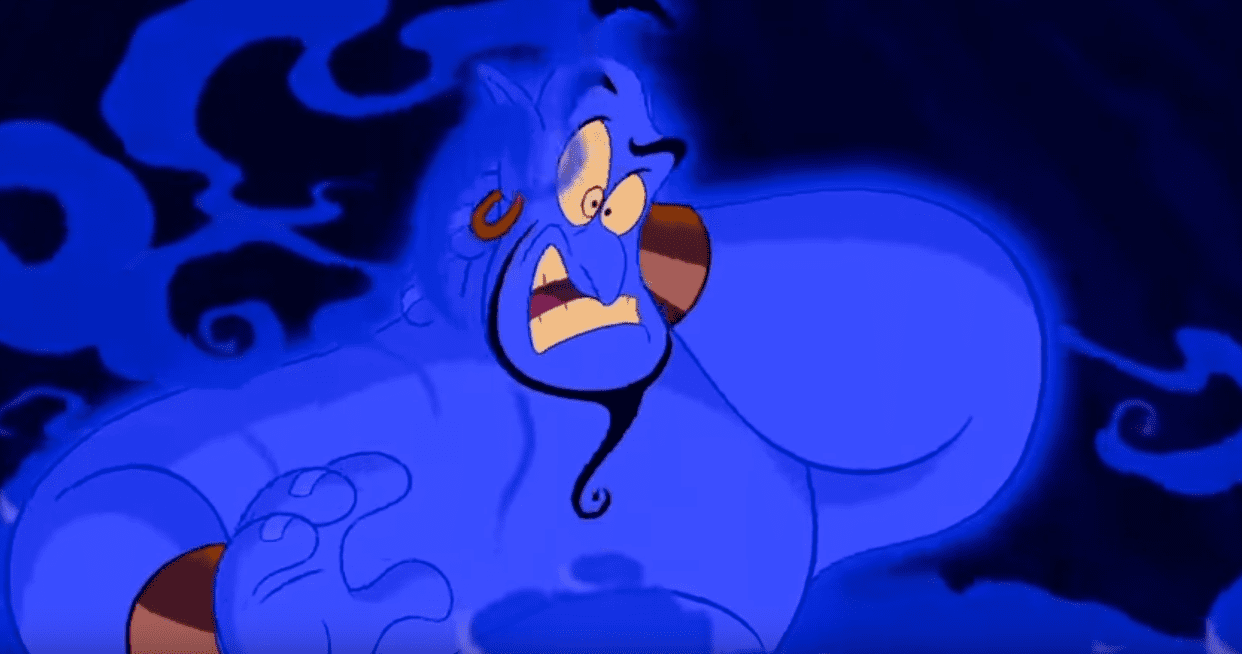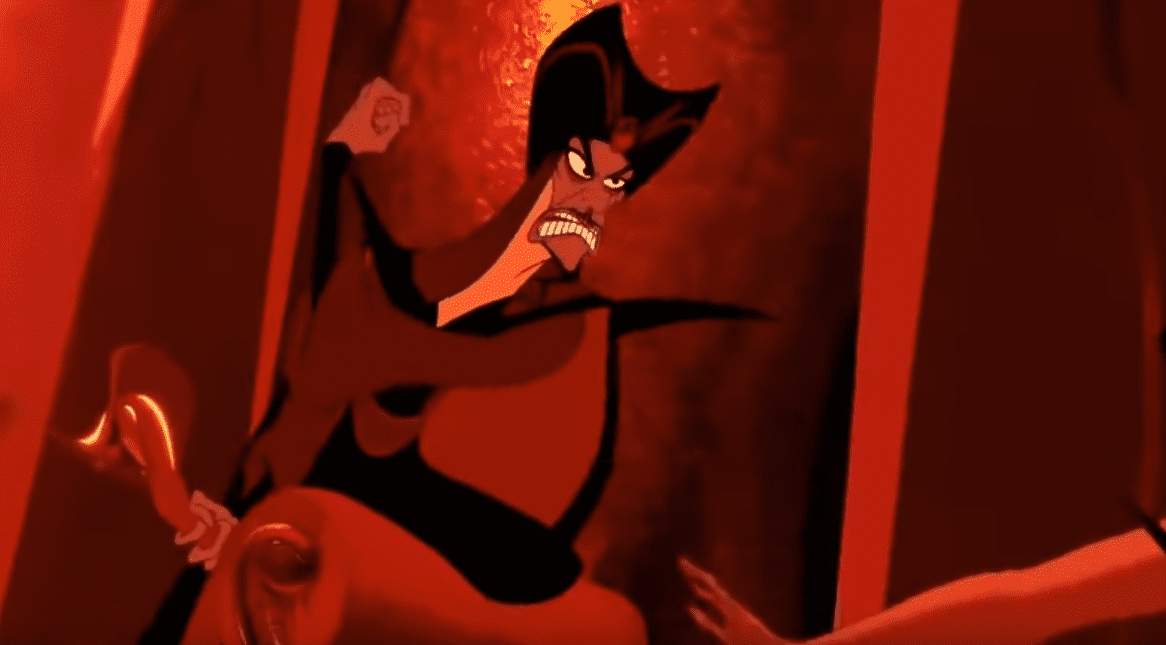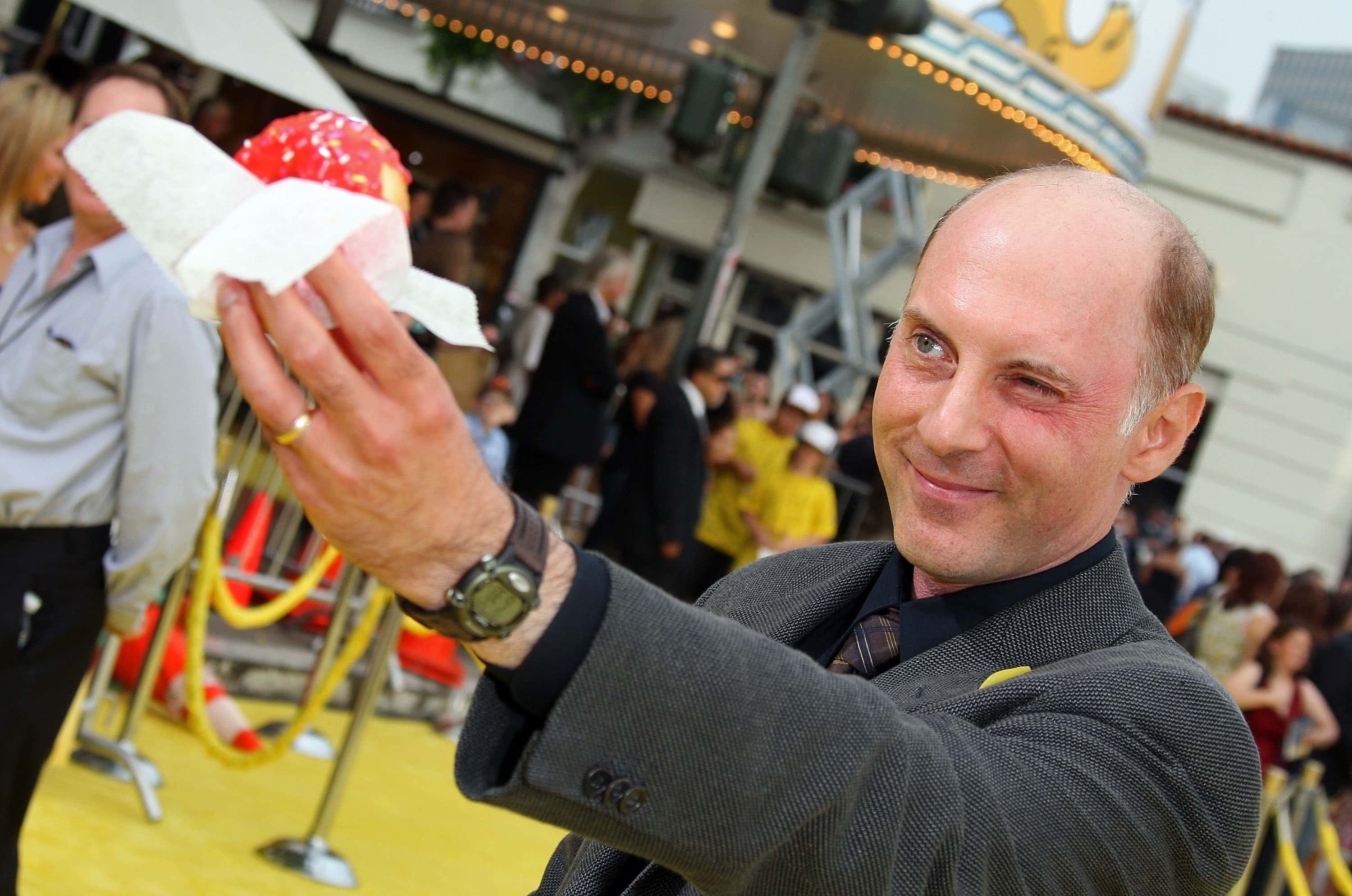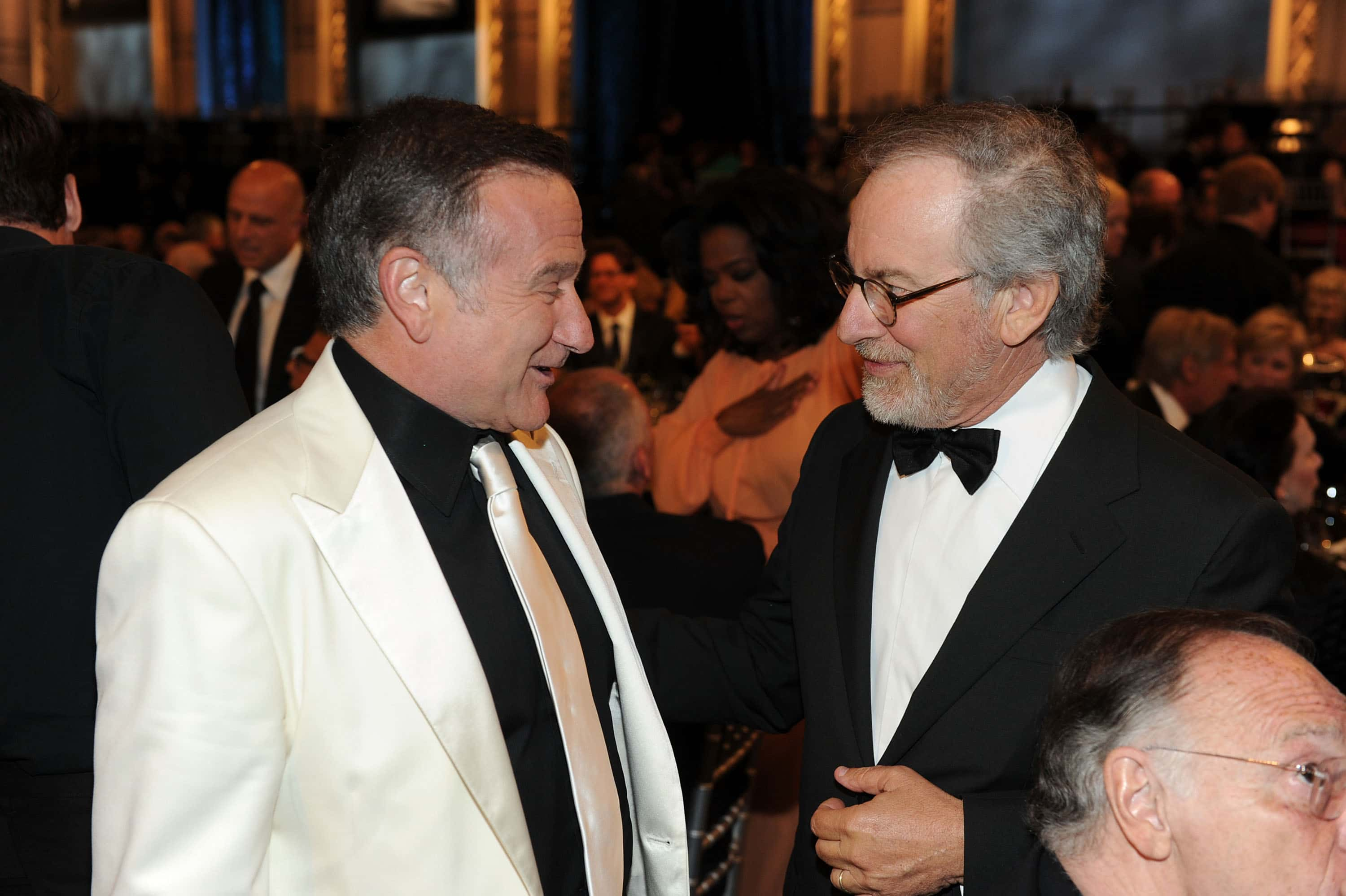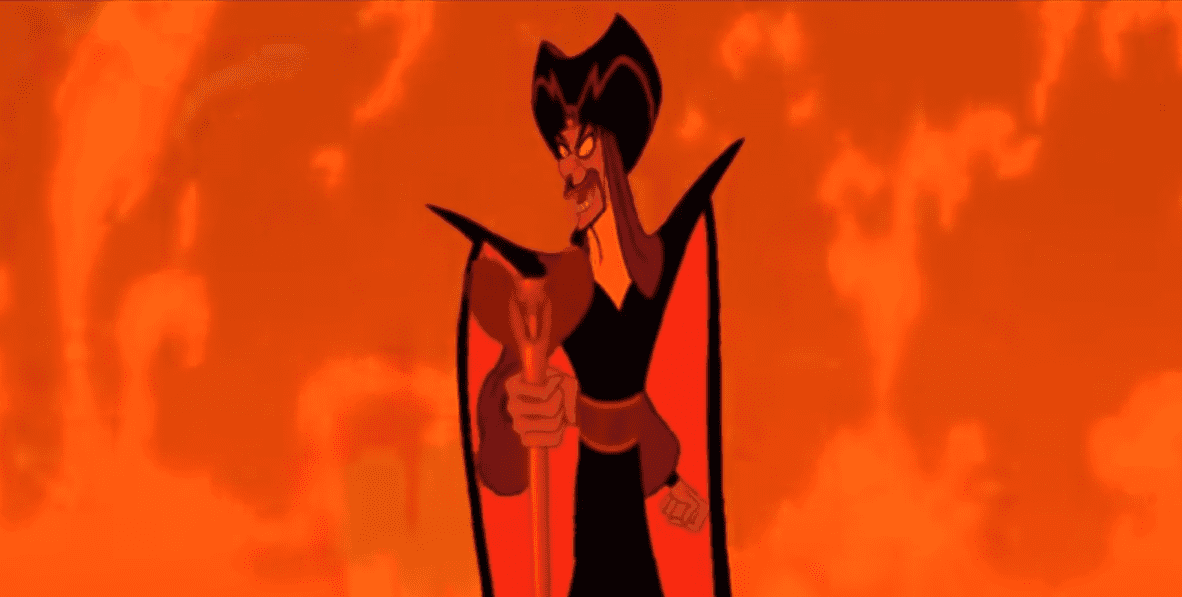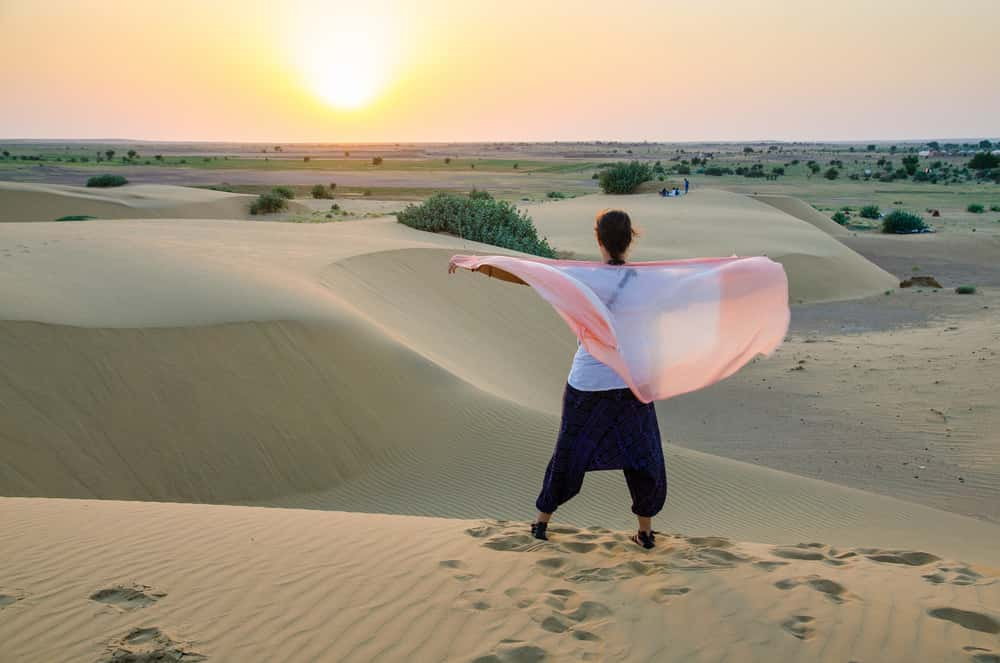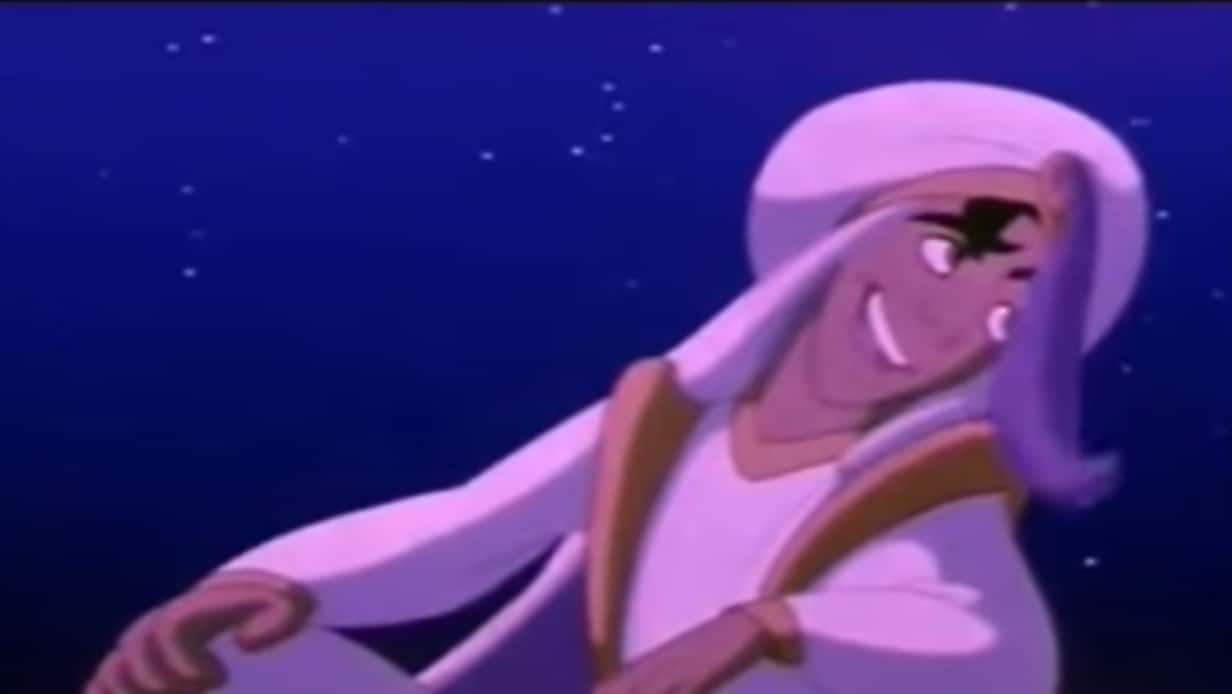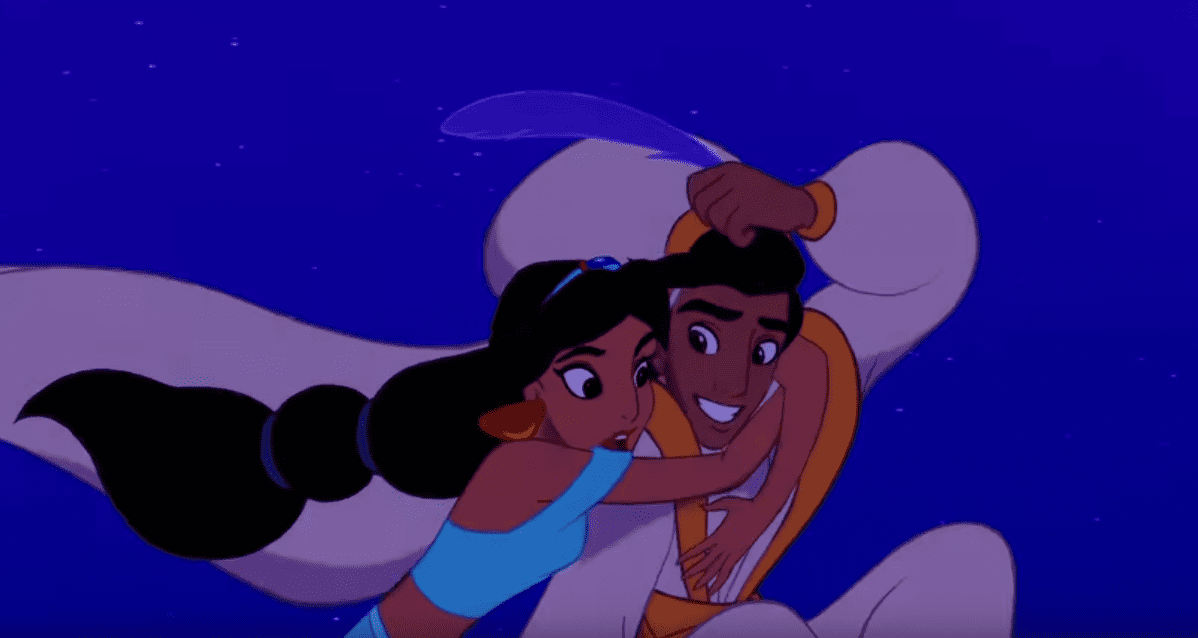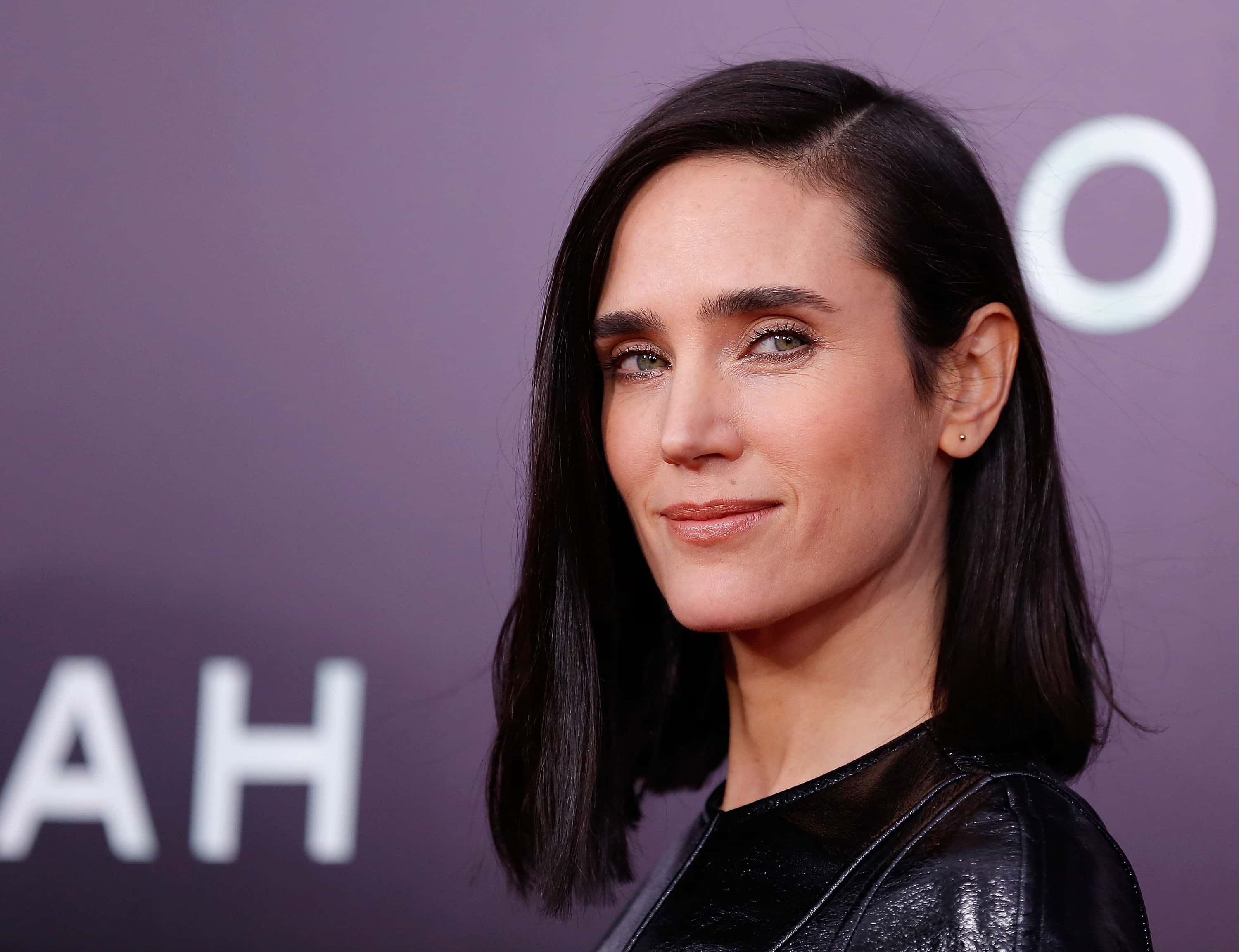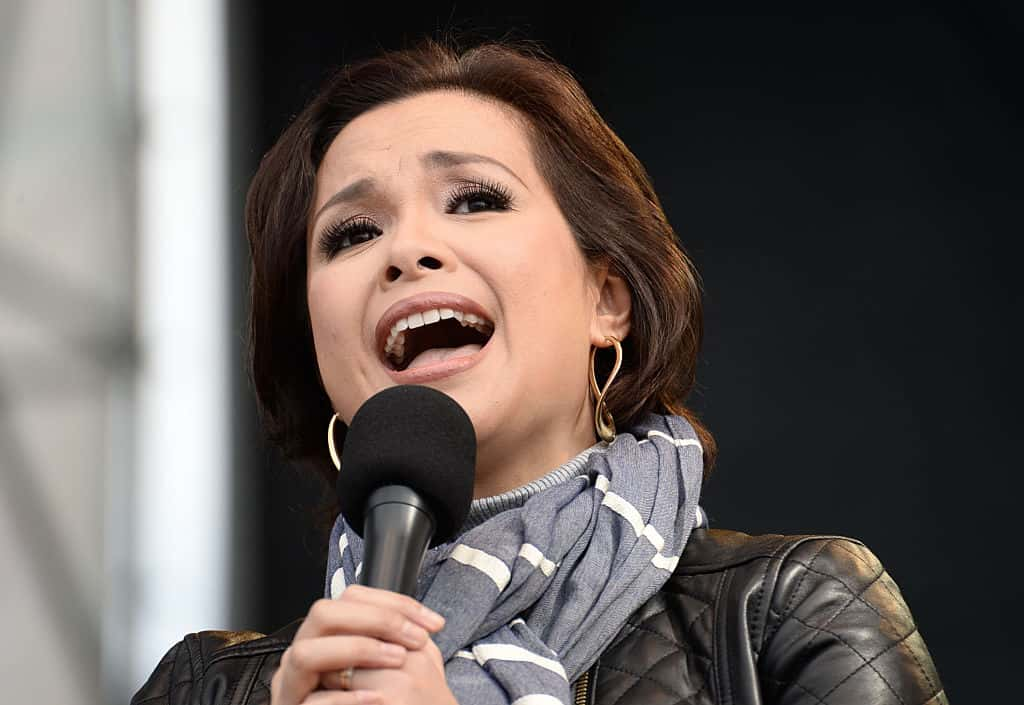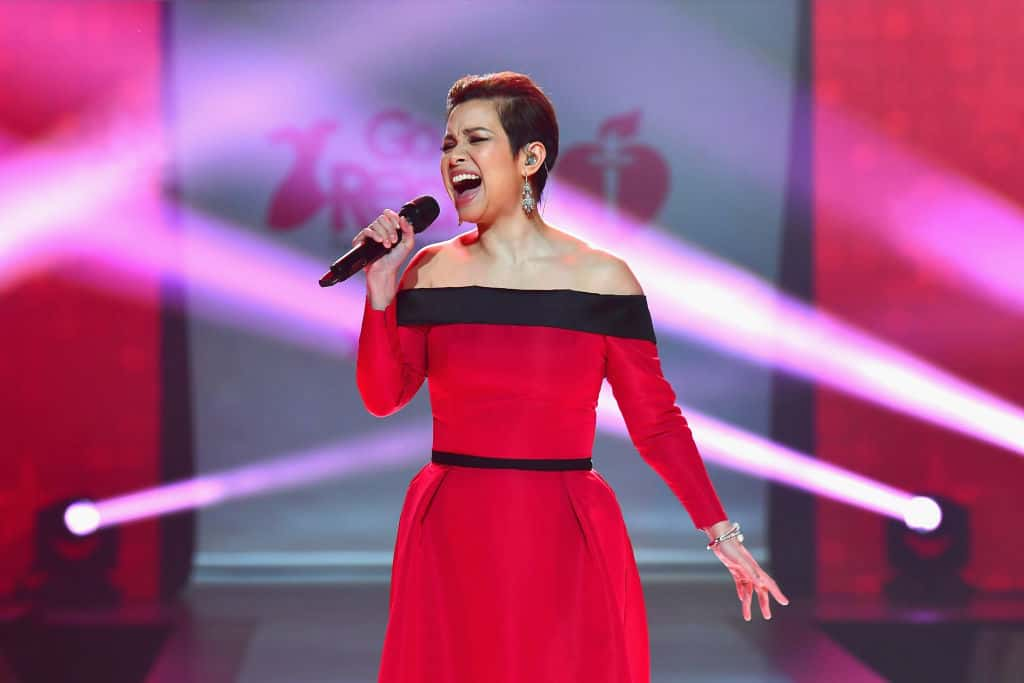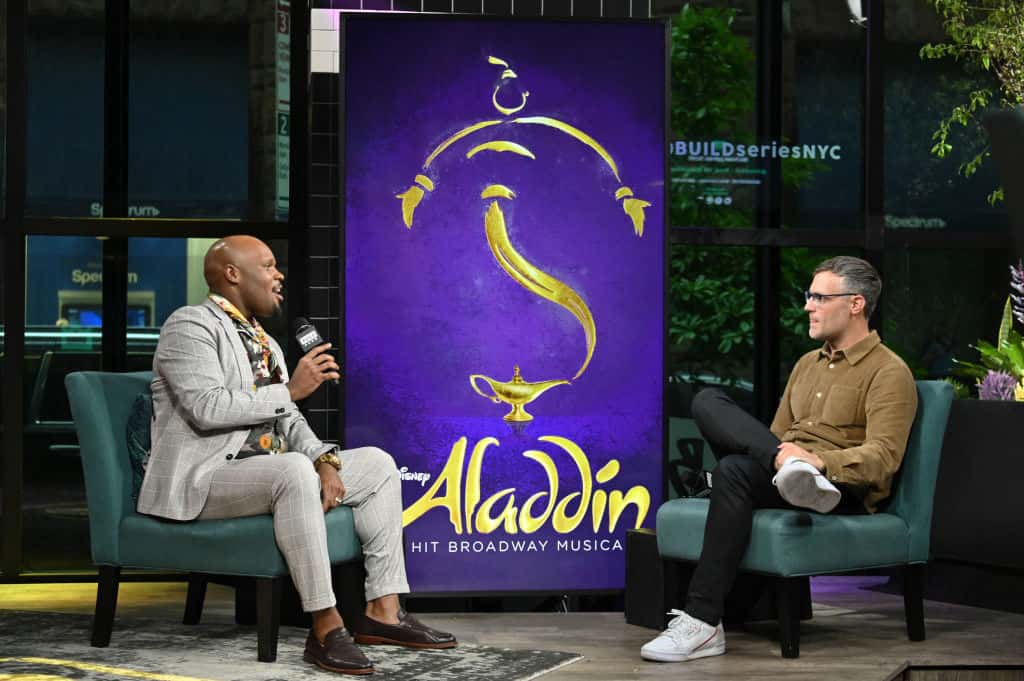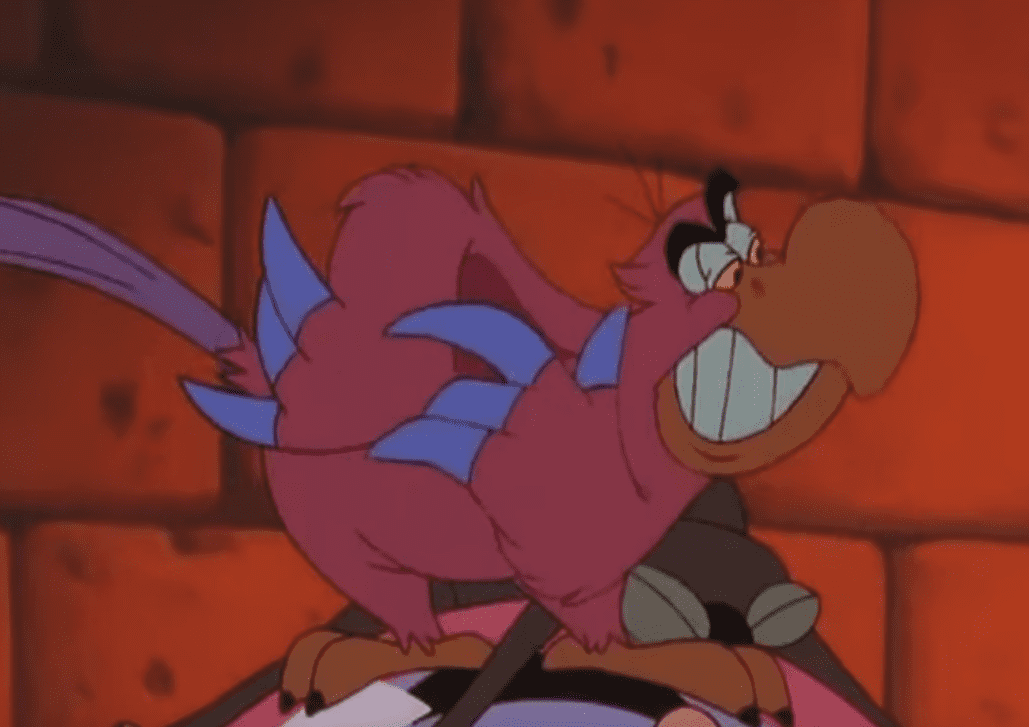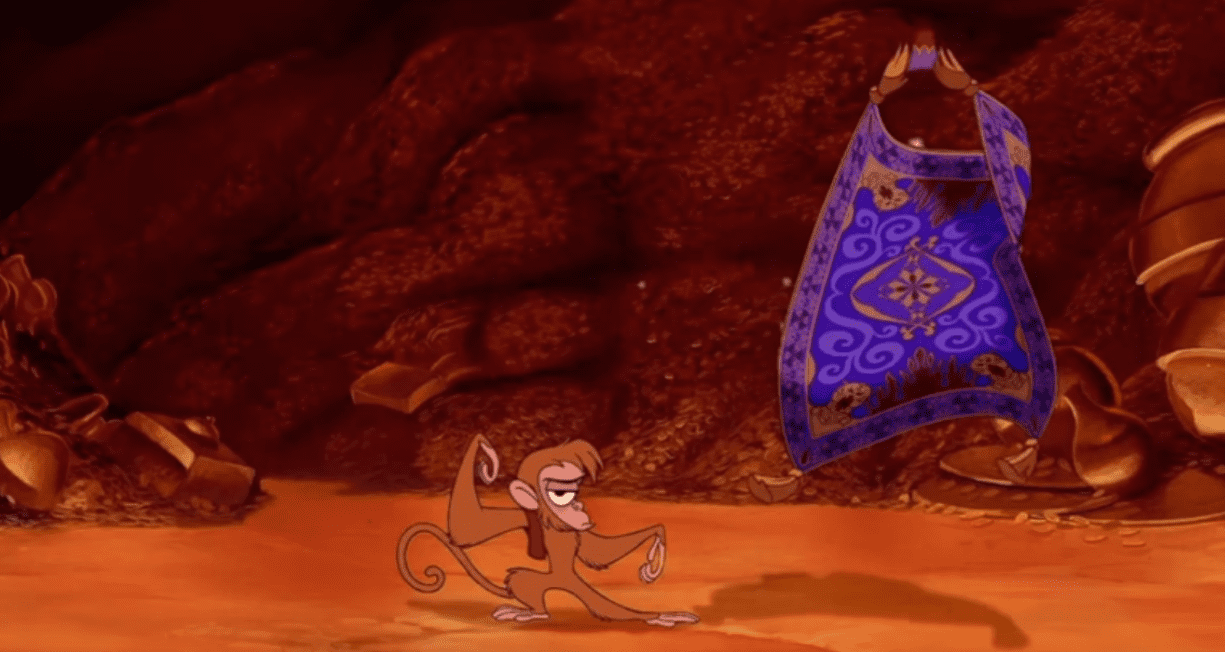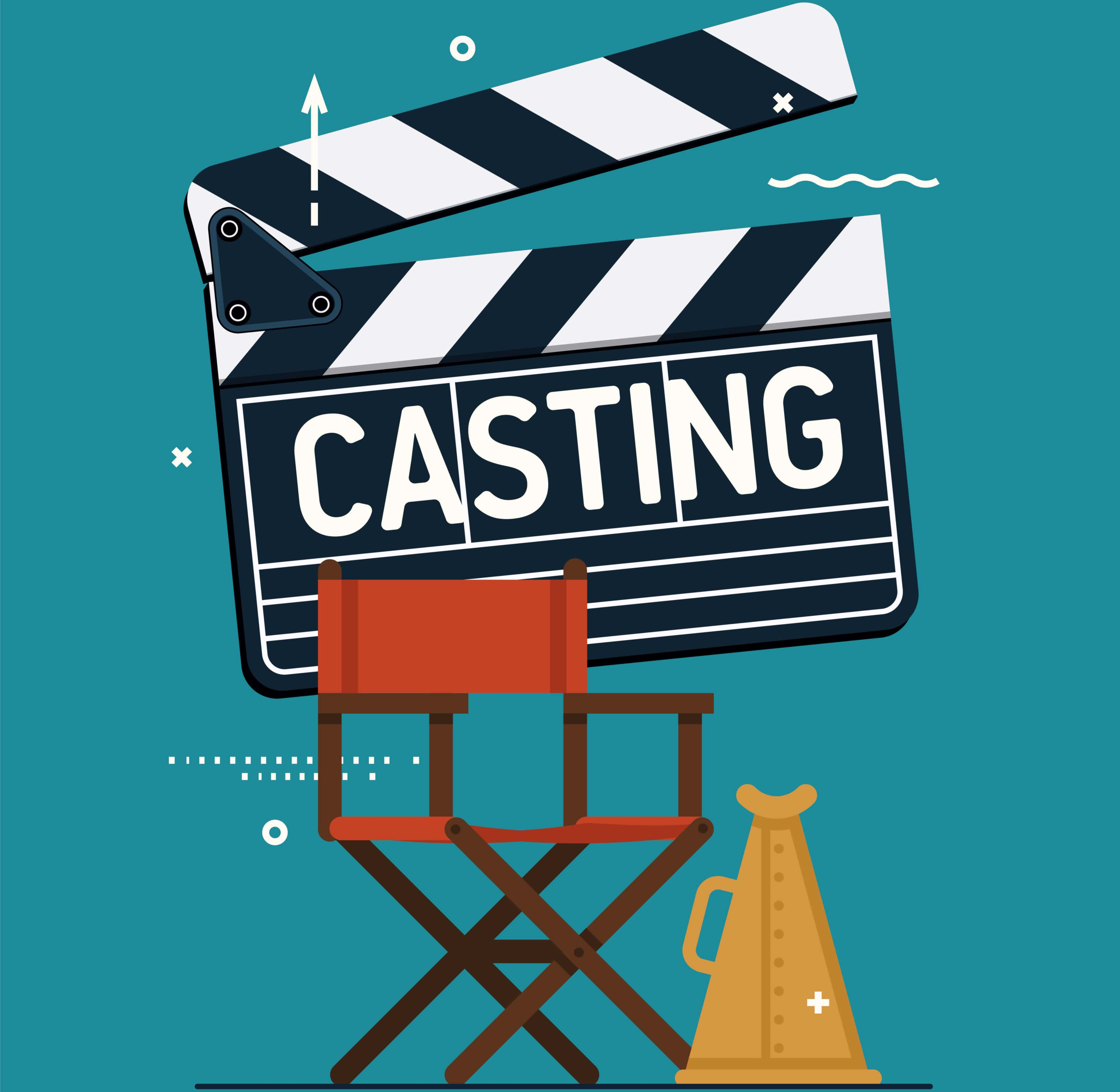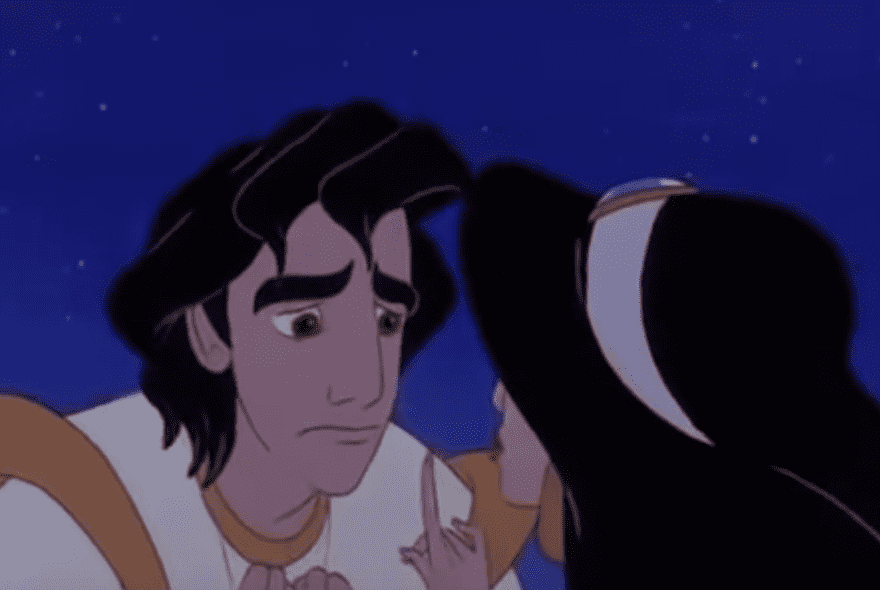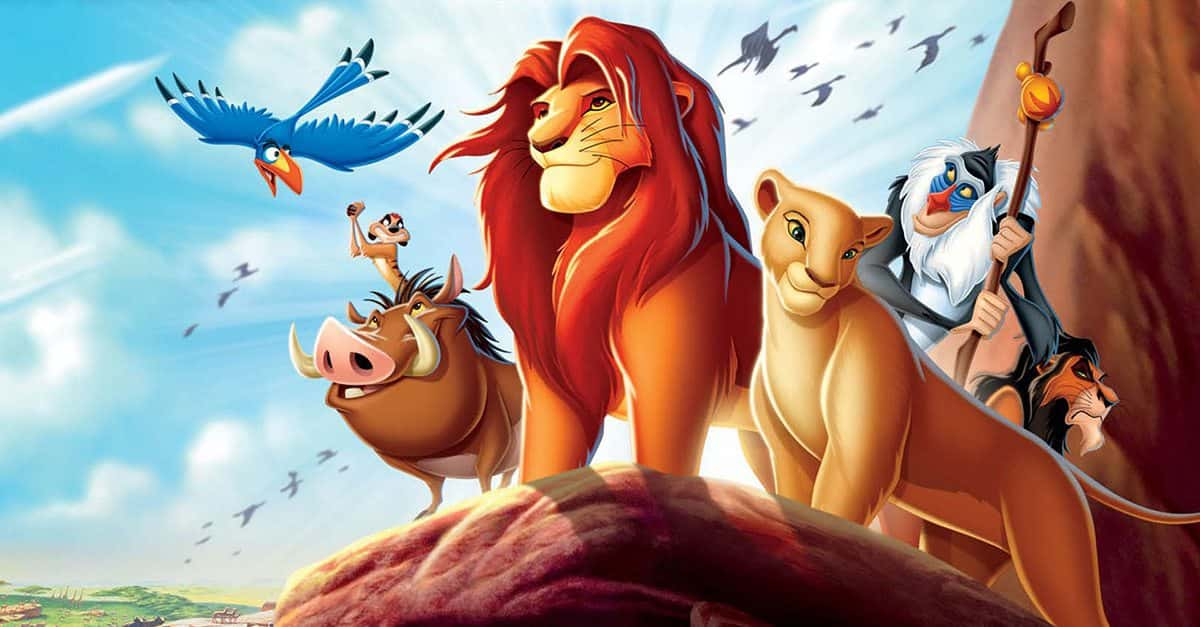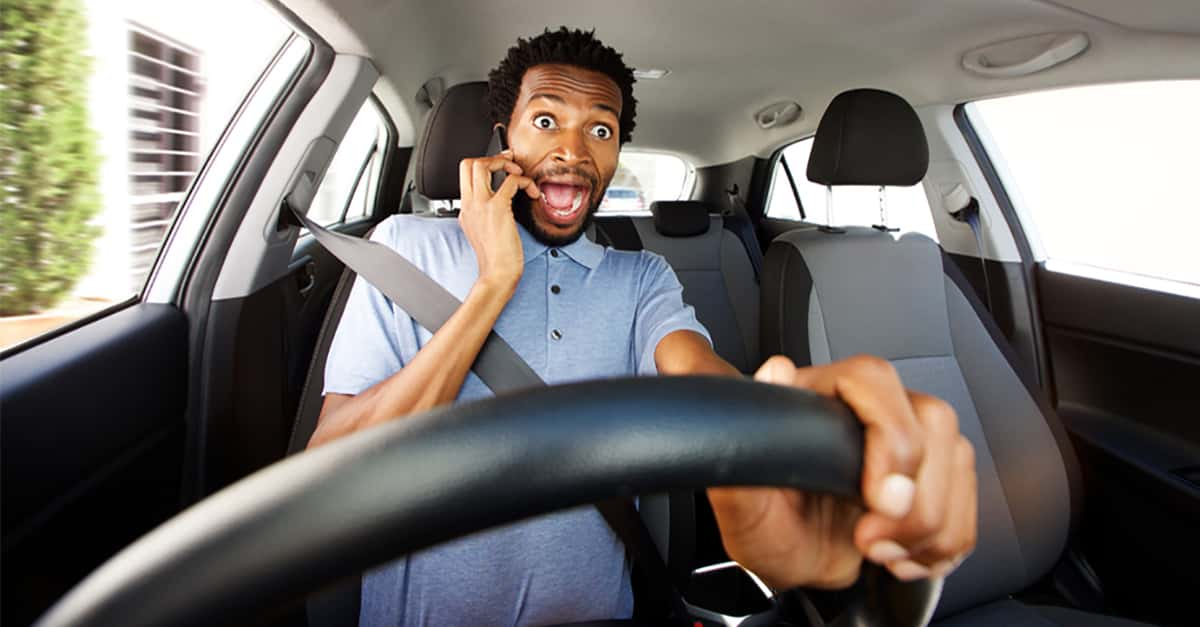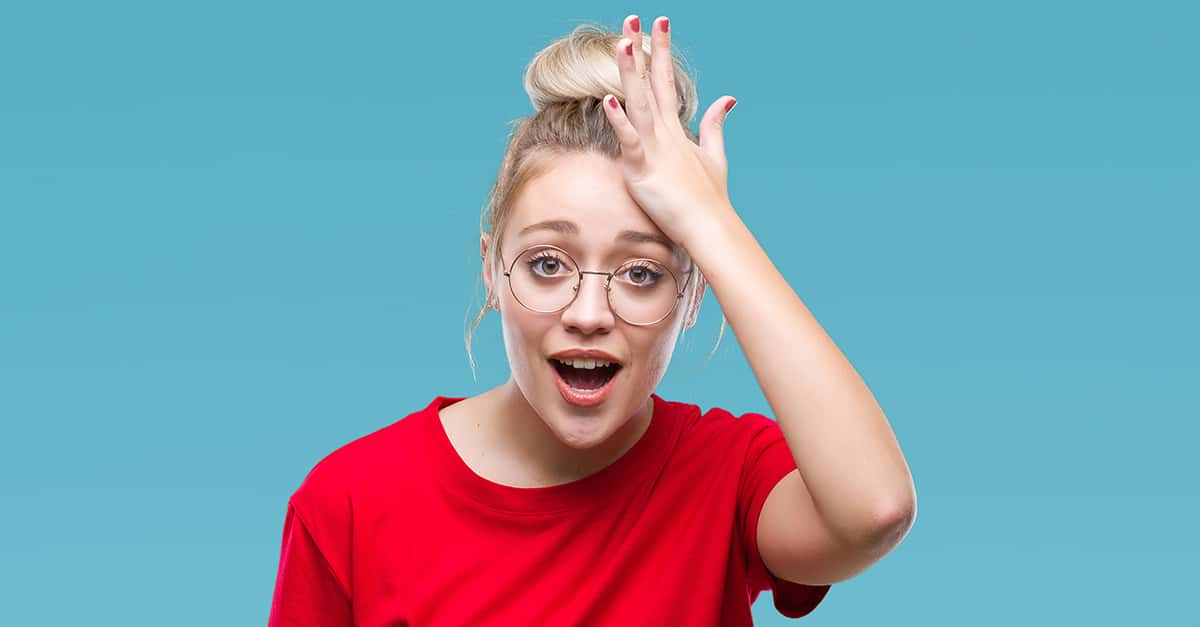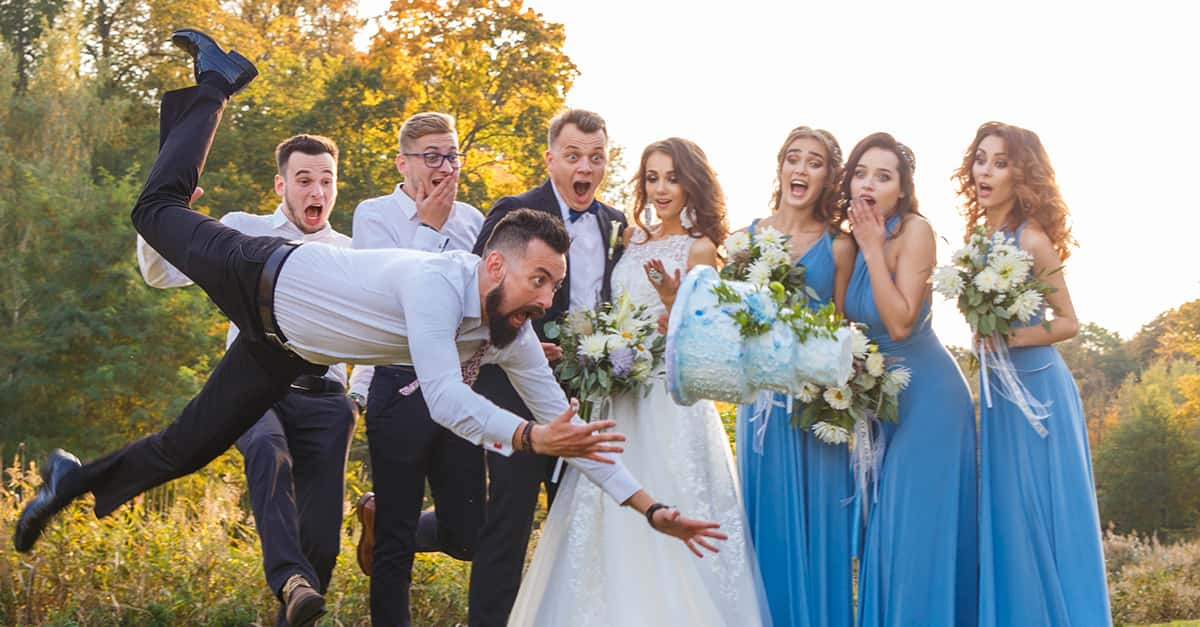Disney's film franchise Aladdin began with the 1992 animated classic, considered by many as the best film released during the Disney Renaissance (a period of creative resurgence from the Mouse House).
Based on the folktale “Aladdin and the Magic Lamp” from “One Thousand and One Nights,” the film featured Robin Williams in top form as The Genie, as well as stunning visuals and an award-winning soundtrack. Its eventual success led to two sequels, an animated television series, toys, videogames, a Broadway play...and finally, in 2019, a live-action remake.
Here are a few things you didn’t know about this classic piece of 90s culture, and the newly released adaption as well.
Aladdin Facts
1. Open Sesame
The original Aladdin film was the first animated movie ever to gross more than $200 million dollars. And it didn't stop there...the film would rake in more than $500 million before all was said and done. Overall, it was by far the most successful movie of 1992.
2. Whole New World
That's not the only first that original Aladdin movie managed to accomplish...
The film's song "A Whole New World", as performed by Peabo Bryson and Regina Belle, became the first (and so far, only) Disney song to win a Grammy for Song of the Year
3. Making Money Moves
Now if you're looking for a sign that times have changed, look no further than the budget for Disney's new Aladdin remake.
While (as we mentioned) the original film made more than $500 million, Disney reportedly spent more than 183 million USD on 2019's live-action adaption. That's almost half of what the original made!
4. Trouble In Paradise
It seems, though, that all that money may not have been enough to please critics. While the original Aladdin has a 94% score on the popular movie review site, Rotten Tomatoes, as of this writing the newly-released adaption sits at a slightly less impressive 56%. The difference can also be seen in the site's overall consensus on the two films. While the 1992 original is described as "A highly entertaining entry in Disney's renaissance era (...) with near-classic songs and a cast of scene-stealing characters.", the remake is not nearly as favorably reviewed. Instead, the site writes, "[the new Aladdin] retells its classic source material's story with sufficient spectacle and skill, even if it never approaches the dazzling splendor of the animated original.
Oooo, ouch. That's a film critic burn.
5. Three Wishes
Before creating the original animated film, directors John Musker and Ron Clements were offered three different projects to choose from: Aladdin, an adaptation of Swan Lake, and “King of the Jungle,” which later became The Lion King.
Wallpapers craft
6. No Pressure
After months of work, Musker and Clements delivered a draft of the script and a story reel to studio chief Jeffrey Katzenberg in April 1991. Katzenberg did not feel like the script was engaging enough and, on a day referred to by the staff as “Black Friday,” demanded they scrap everything and start over without rescheduling the release date. They turned it around in just eight days.
7. Rewriting A Classic
Part of the reason the Aladdin script took so much work was the filmmaker's efforts to rework the original story's message. In Clements words, "The original story was sort of a winning the lottery kind of thing ... Like having anything you could wish for would be the greatest thing in the world and having it taken away from you is bad, but having it back is great. We didn't really want that to be the message of the movie." Instead, Musker and Clements took great pains to craft a story that would remind viewers to be grateful for what they have.
8. Courting Controversy
The effort Musker and Clements put into their story's message wasn't enough to persuade all critics that they had good intentions. When the film was released in 1992, the pair received a fair amount of criticism, primarily for what saw as the stereotypical portrayal of the movie's Arab characters. Super-critic Roger Ebert put it like this: "Most of the Arab characters have exaggerated facial characteristics – hooked noses, glowering brows, thick lips – but Aladdin and the princess look like white American teenagers."
9. Someone Needs Sensitivity Training
While they did attempt to bring some more racial diversity into the mix, they still didn’t escape the consternation of the American Anti-Arab Discrimination Committee (AAADC) who took offense to some of the song lyrics. Specifically, they had a problem the first song of the film, “Arabian Nights,” which has the Peddler describing Arabia as a place “where they cut off your ear if they don’t like your face,” and finishing with “It’s barbaric, but hey, it’s home.” They changed it on the video release to “where it’s flat and immense and the heat is intense.” But they left in the part where it’s barbaric. The AAADC was still pissed.
10. Embracing Diversity
There's no doubt that the controversy surrounding the original Aladdin was on Disney executive's minds when they announced their live-action remake in 2016. In a valiant effort to show how times had changed, the studio promised to hire a diverse cast, with a worldwide casting call for the lead roles (Aladdin, Princess Jasmine) taking place in March 2017.
11. Mena Massoud
Mena Massoud plays Aladdin in the live-action adaption. Although he's had parts in other movies and TV shows (Jack Ryan, for example) Aladdin is his first massive break. It remains to be seen whether he'll prove to be an enduring star in Hollywood...
12. A Very Interesting Director...
The man chosen to direct Disney's live-action Aladdin film is better known for more...R-rated fare.
Guy Ritchie made his name with British gangster and heist films, such as Snatch; RocknRolla; and Lock, Stock and Two Smoking Barrels
13. Aladdin In The Flesh
Disney released their live-action remake of the 1992 animated classic on May 24, 2019.
It's always risky move. The original animated movie is a nostalgic touchpoint for an entire generation. It remains to be seen how the new film will come to be remembered...
14. Will Smith
One of the most attention-grabbing aspects of the live-action Aladdin remake proved to be the performance of Will Smith as The Genie. The role, as originally voiced by Robin Williams, was a classic...and critics worried that Smith would struggle to make it his own.
15. Taking Over Genie
As it turns out, Smith himself was just as concerned as the critics. He was quoted in interviews as saying, "Disney magic is real. And there's something that Walt Disney did in the design of these stories that shocks the inner child within you and forces it to come alive and smile and appreciate the moment. So from me... Coming into this first starting with fear – it definitely started with fear – what Robin Williams did with this character was... he just didn't leave a lot of room to add to the Genie.
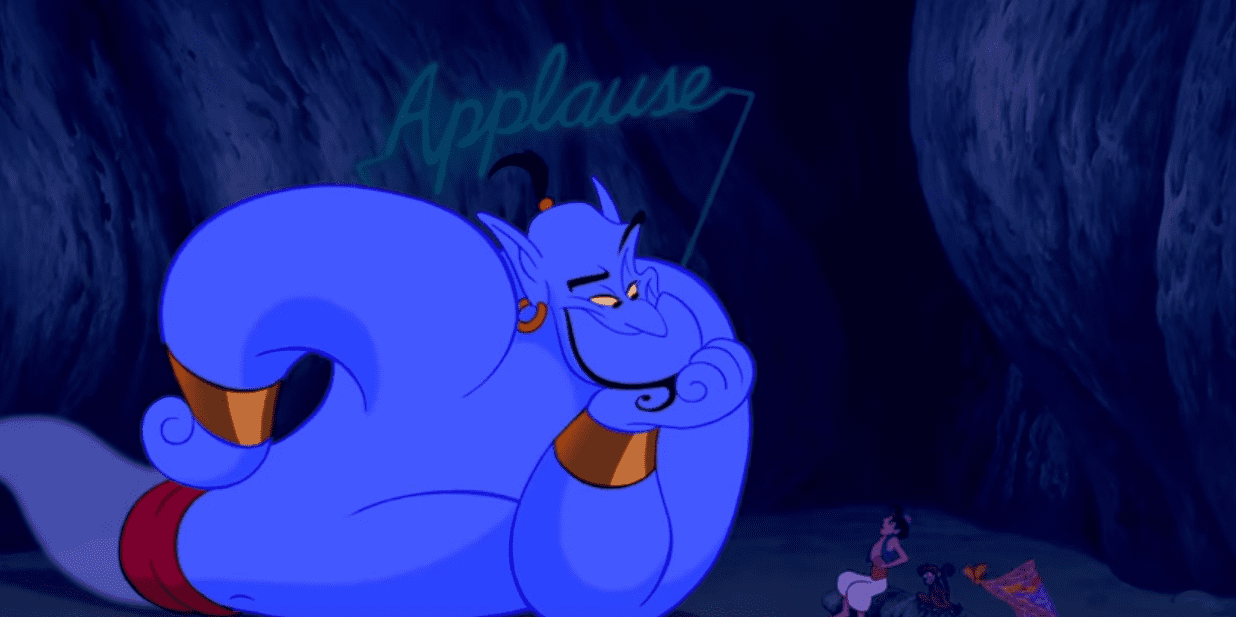
16. Quite the Sales Pitch
In order to convince Robin Williams to sign on, the animators created a short clip of the Genie doing one of Williams’ standup routines. Eric Goldberg, the lead animator, recalled, “I think what probably sold him was the one where he says ‘Tonight, let’s talk about the serious subject of schizophrenia – No, it doesn’t! – Shut up, let him talk!’ What I did was animate the Genie growing another head to argue with himself, and Robin just laughed. He could see the potential of what the character could be.” Williams signed on the dotted line right after that.
17. That’s a Heck of a Bench
In case Williams decided not to sign on, the producers had alternatives in mind. Options included Steve Martin, Eddie Murphy, John Candy, and Albert Brooks.
18. Setting an Example
Prior to Williams taking on the role, many “real” actors considered voice acting to be beneath them. For example, Bea Arthur refused to take on the role of Ursula in The Little Mermaid. After Williams’ success in the role, A-listers like Will Ferrell, Brad Pitt, Steve Carell, and Tina Fey suddenly became more willing to take on animated work.
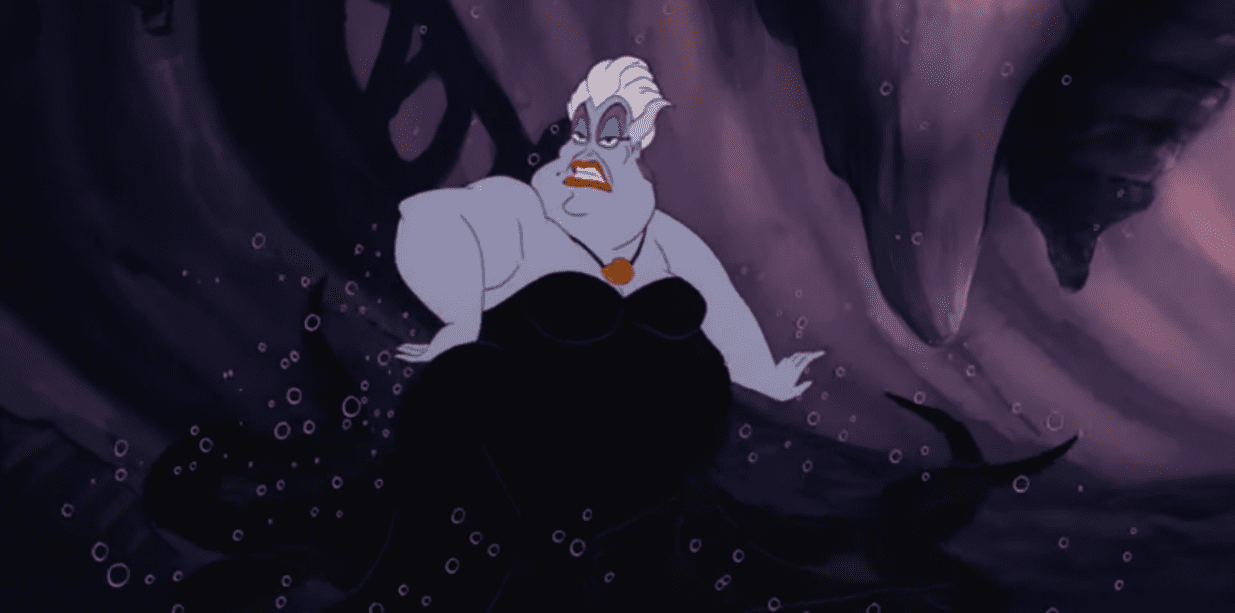 Little Mermaid,Walt Disney Pictures
Little Mermaid,Walt Disney Pictures
19. So Much to Choose From
Williams recorded each line in twenty different ways, giving the filmmakers plenty of options when it came time to put the movie together. This amounted to nearly sixteen hours’ worth of recordings.
20. What’s in the Box?!
Near the beginning of the film, the Peddler – also voiced by Williams – tries to sell his wares, but the products weren’t actually in the script. Jeffrey Katzenberg provided Williams with a box full of stuff covered with a cloth. Then they put Williams in front of the microphone, lifted the cloth, and had him riff on whatever it is he saw. Combination hookah and coffee maker! A magic lamp! Gwyneth Paltrow’s head!
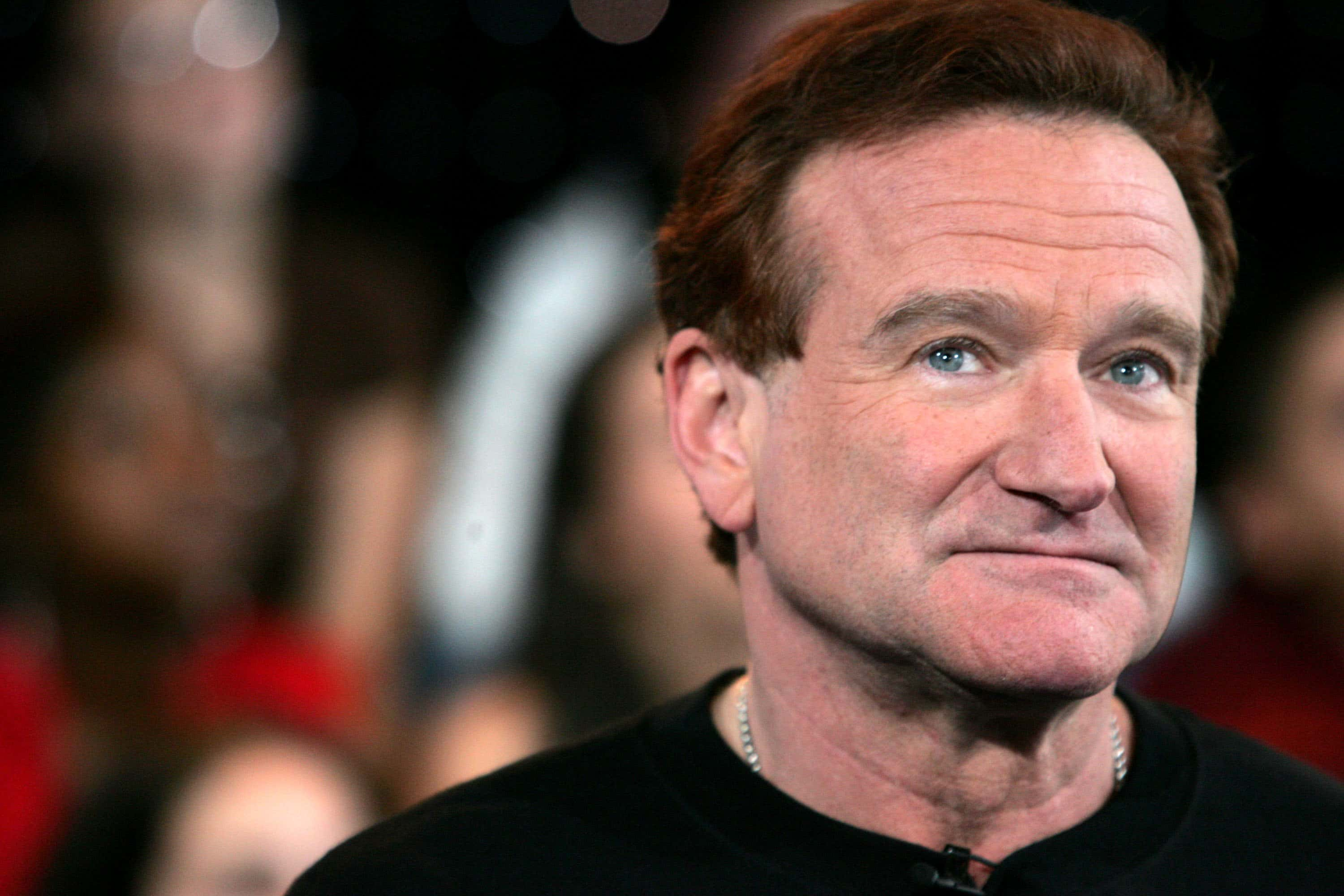 Getty Images
Getty Images
21. Scene Blocker
Because Williams improvised so many of his lines, the original Aladdin film was rejected by the Academy Awards for a “Best Adapted Screenplay” nomination.
22. Malificent
Jafar was based on Maleficent from "Sleeping Beauty." Like her, he carries a staff, has a bird as a henchman, and transforms into a giant animal in the film's climax.
23. Doh!
The first Aladdin sequel, “Return of Jafar,” was also the first direct-to-video sequel that Disney ever made. The film was hit with trouble early, as Robin Williams did not sign on to voice Genie. In the end, it tanked with critics, scoring a dismal 27% on Rotten Tomatoes. In place of Williams, the voice of Genie was done by Dan Castellaneta (best known for his work as Homer Simpson).
24. Double Doh!
After Williams and Disney made up, he returned for the second sequel, Aladdin and the King of Thieves. The voice work that Dan Castellaneta had already done for this sequel was thrown out and Williams re-recorded all his lines. Apparantly, though, Williams wasn't enough to save the film: it also scored just 27% on Rotten Tomatoes.
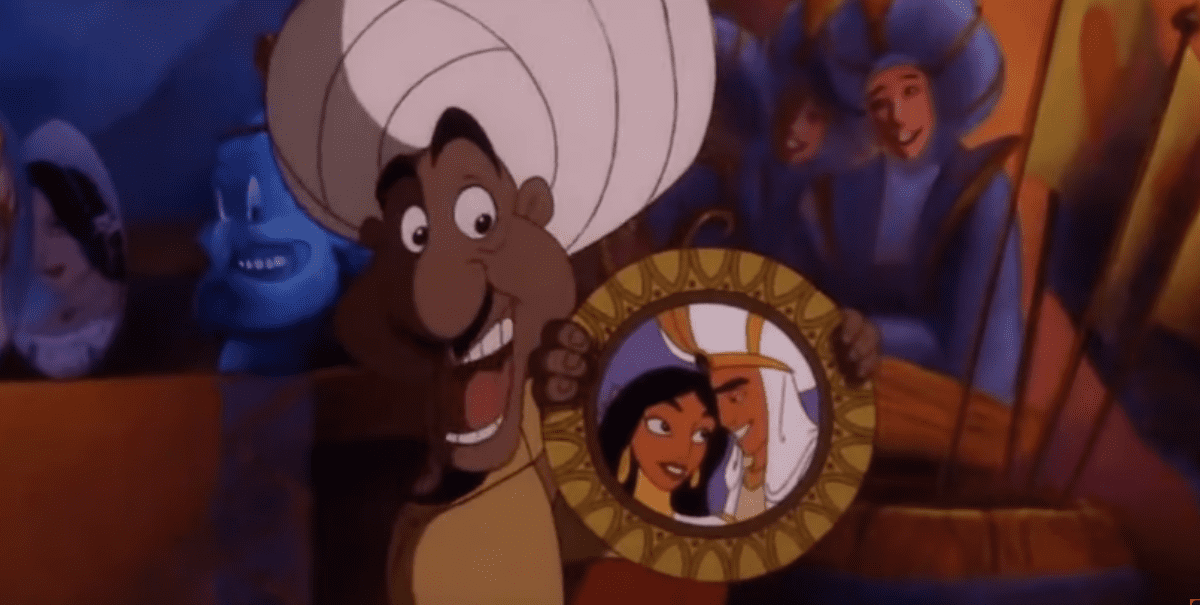 Aladdin,Walt Disney Pictures
Aladdin,Walt Disney Pictures
25. Group Therapy
Whilst filming the original movie, Robin Williams frequently talked to Steven Spielberg, who constantly needed cheering up because he was in the middle of filming Schindler’s List. Apparently, the Holocaust can be a bit depressing.
26. Captain Jafar
Patrick Stewart was the first choice to play the role of Jafar, but he had to turn it down due to conflicts with Star Trek: The Next Generation. Stewart really wanted the role and later said that one of his biggest regrets was not being able to make it so.
27. Pretty Boy
Aladdin was initially modeled after Michael J. Fox, but they realized that was a little too goofy, and they wanted someone more handsome. So he was modeled after Tom Cruise and Calvin Klein models. Clearly, they never saw Michael J. Fox in his underwear.
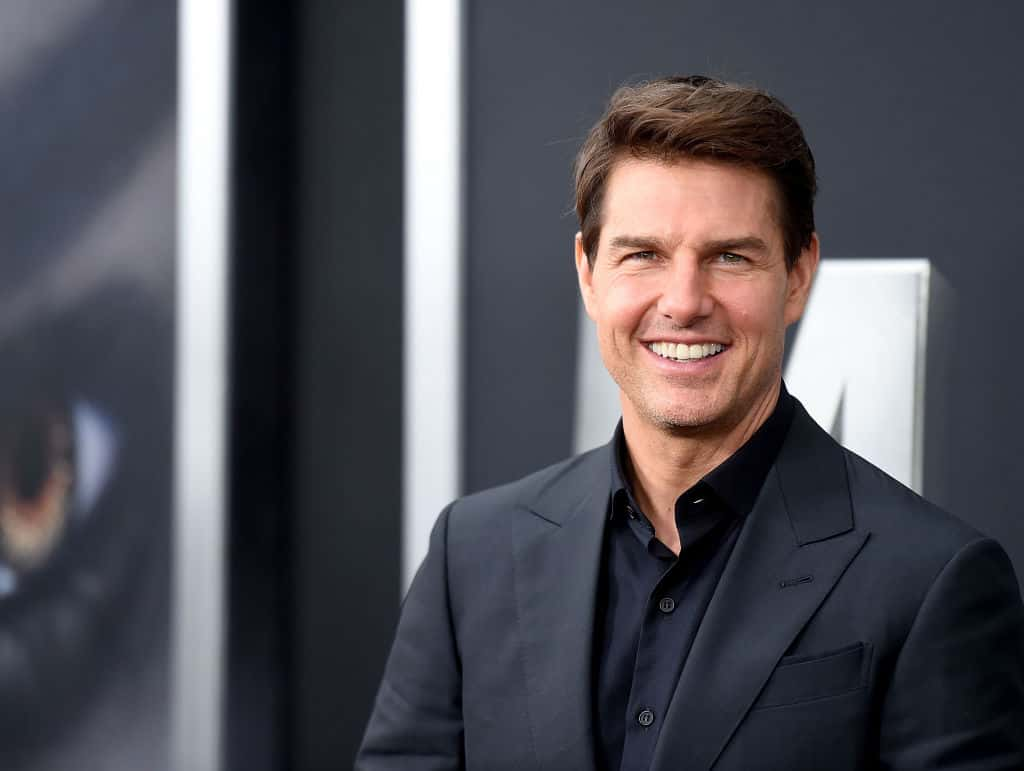 Getty Images
Getty Images
28. Full Circle
Aladdin’s pants were modeled after M.C. Hammer’s pants, which in turn were inspired by harem pants that originated in Arabia.
29. The Sorting Hat
Every time Aladdin lied, the feather on his hat would fall forward, which would be a pretty annoying hat to have at the poker table.
30. We’ve Come a Long Way, Baby
In fact, Aladdin was meant to do for princes what previous Disney movies had done for princesses. Until Aladdin, most princes were handsome, but dull. It was the princesses that had all the personality. “Aladdin,” on the other hand was about a princess falling for a prince, as opposed to the other way around. This is good. Children need to learn that princes also deserve to be sexually objectified.
31. Model Princess
Jasmine was modeled after Jennifer Connelly. The version from The Rocketeer and not from Requiem for a Dream.
32. Geometry is Fun
While the animation style in previous Disney animated films was more “realistic,” in Aladdin they deliberately moved away from that, creating characters with simple two dimensional shapes. That being said, it’s still pretty darn hard to draw the characters from Aladdin.
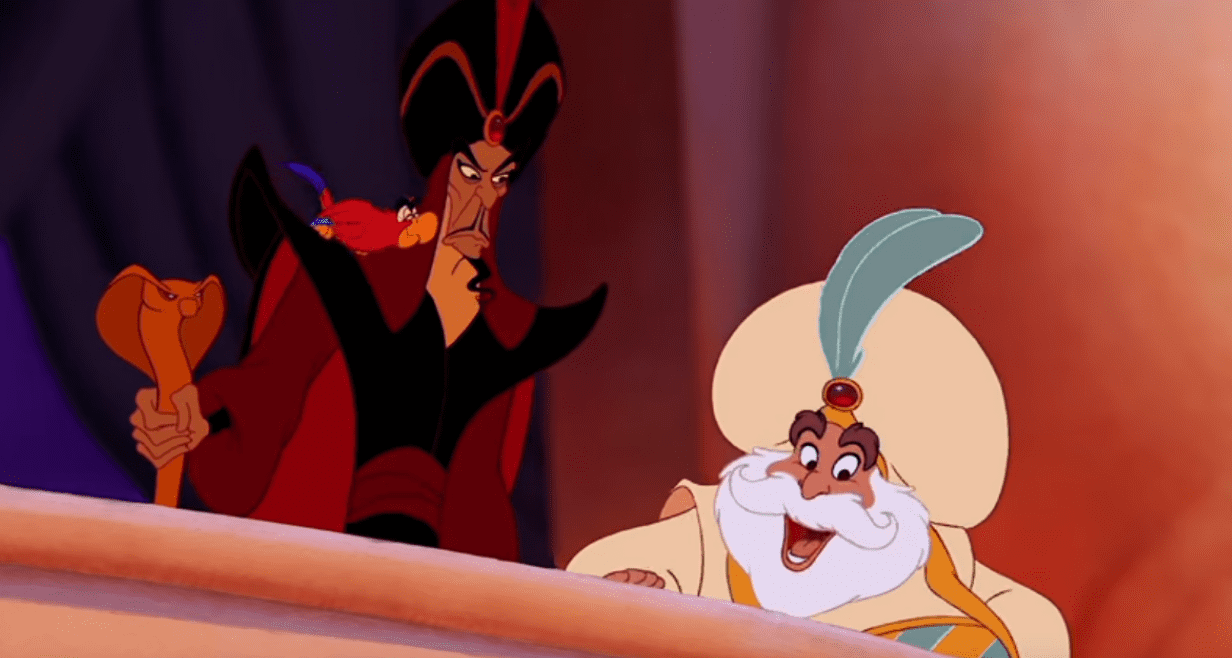 Aladdin,Walt Disney Pictures
Aladdin,Walt Disney Pictures
33. Pinch Hitter
This is one of the few Disney films where the lead actors didn’t do their own singing. This is primarily because, with Williams on board, they needed actors who could hold their own against his personality. The singing became a secondary requirement. In fact, the voice of the Princess was Linda Larkin, but her singing voice was Lea Salonga.
34. Voice of a Princess
Lea Salonga provided the singing voice for both Princess Jasmine and Mulan.
35. One Small Step In The Right Direction
Jasmine was the first non-white Disney princess, finally introducing some color to their lineup. Even though she was criticized for being Westernized and Anglicized in both appearance and demeanor, it was a start. Other princesses such as Mulan, Tiana, and Pocahontas followed in her footsteps.
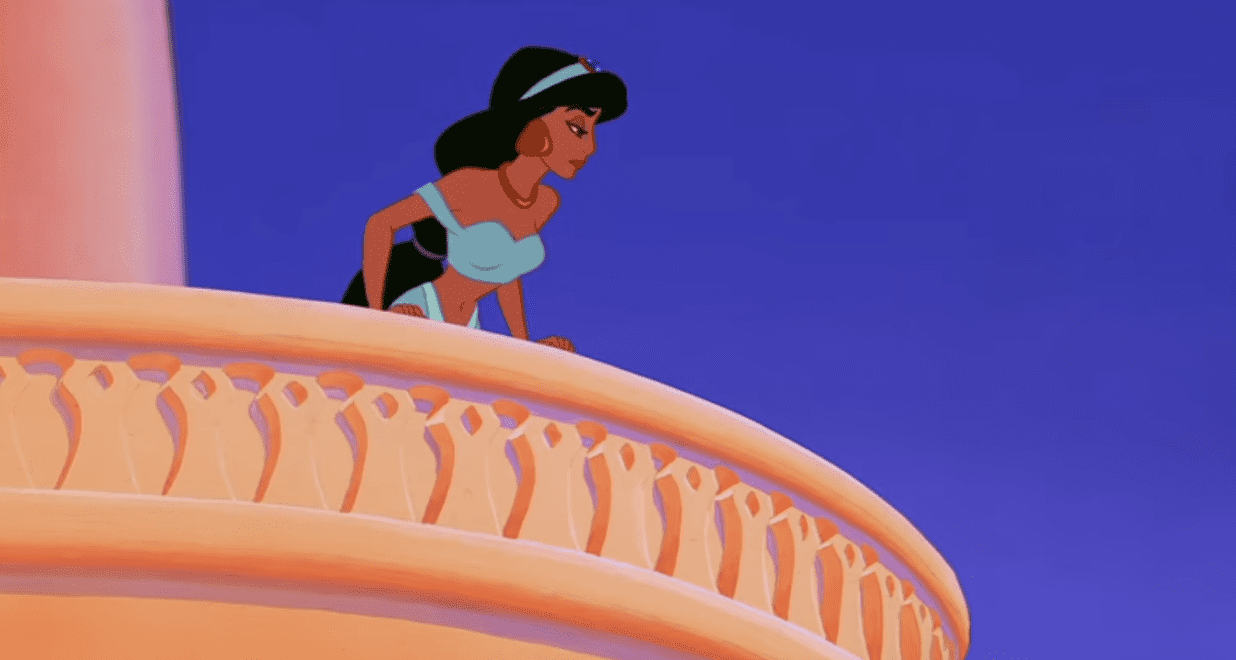 Aladdin,Walt Disney Pictures
Aladdin,Walt Disney Pictures
36. Controversy Continues
The release of 2019's Aladdin remake prompted a wave of articles re-analyzing the role which classic Disney movies played in shaping a generation of Western youth. And many have accused Disney of attempting to cover up their somewhat sketchy past when it comes to issues of racism, sexism, and traditional values, with remakes intended to distract from their original sins. The New York Times, for example, called Disney's efforts, "pandering do-overs [which] tend to be (...) awkward and clumsy"
37. OBEYWalt Disney Pictures
They added the “applause” sign at the end of the song “Friend Like Me” because they found that test audiences weren’t reacting sufficiently. There’s nothing like a big glowing sign to tell people to enjoy themselves harder.
38. Bird Brain
Danny DeVito and Joe Pesci both passed on the part of Iago. The role went to Gilbert Gottfried before he got the role of the Aflac duck and set his career on fire with tsunami jokes.
39. Typecast
Abu was voiced by Frank Weller, who also voiced the monkey in Raiders of the Lost Ark.
40. Recasting
Contrary to a few popular reports, the characters of Abu and Iago were included in the 2019 remake...however Godfried was, in the end, not asked to reprise his role. Instead, Iago was voiced
41. The Naked Truth
Disney faced allegations of promoting sexual promiscuity in their films because, during the balcony scene, Aladdin apparently says, "Good teenagers take off your clothes” when he encounters Rajah, the tiger. Moral conservatives tried to use that as proof that Disney was promoting sexual promiscuity in their films. The film’s directors insisted that Aladdin actually said, “Nice kitty, take off and go, go on.” They also added that the two animators working on that sequence were very religious and would never have deliberately tried to add racy humor like that. So, the moral of the story is: People really have their mind in the gutter.

